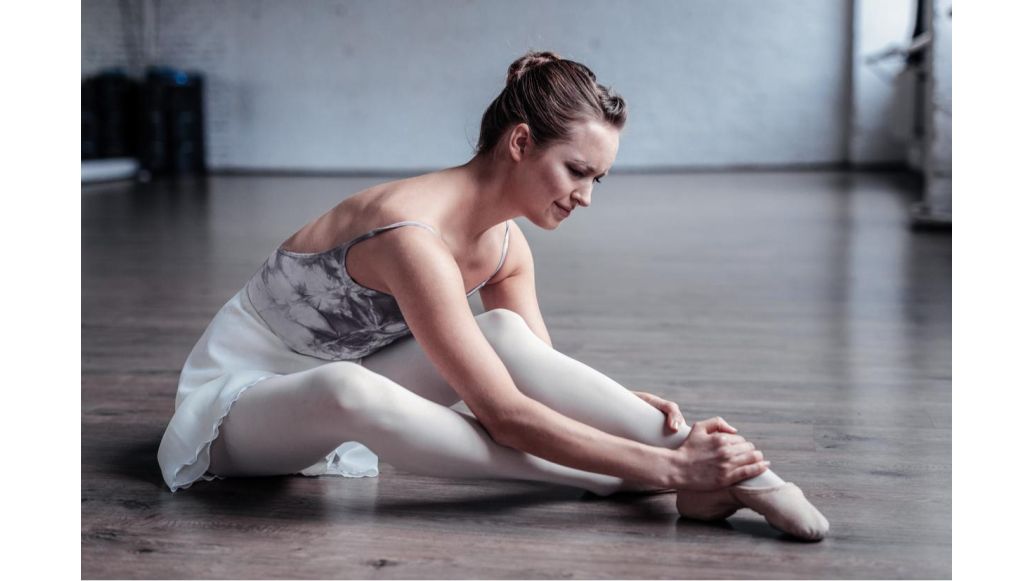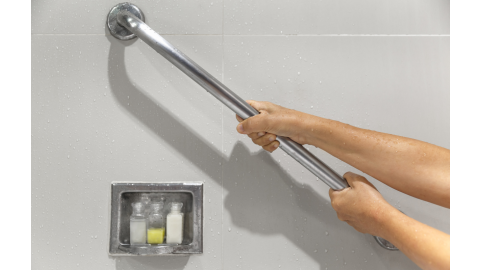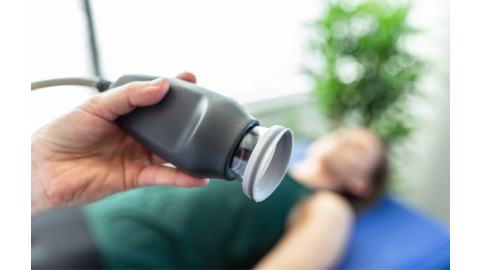Dance takes a lot of dedication, hard work, and strength, and sometimes it leads to pain. From sore muscles after a long practice to injuries from a fall to foot pain after dancing on pointe, dancers can end up with painful injuries.
Is hip pain limiting the height of your leg lifts? Are you hesitating to move into arabesque due to lower back pain? Is foot pain making it difficult to go into a plie? Pain may be impacting your dancing, but you have options!
Thankfully, there are several ways to relieve minor aches and pains at home. For more serious injuries, you may need to contact a medical professional, such as a physical therapist, athletic trainer, or doctor.
Learn more about common dance injuries, why they occur, how to prevent them, and ways to relieve your pain (including alternatives to medication).
Learn all about dance injuries or skip to specific topics by clicking below!
- 23 Common Dance Injuries
- Why do dance injuries occur?
- When should I contact a medical professional?
- How can dance injuries be prevented?
- Dance Injury Statistics
- 21 Ways to Relieve Dancers’ Pain
Dance Injuries by the Numbers
23 Common Dance Injuries
Overuse injuries are most common in dancers and often involve the hip, leg, or foot. Other injuries are due to accidents such as falls or landing the wrong way after a jump. Common dance injuries include:
Common Dance Injuries |
|||
|
|
||
Why do dance injuries occur?
Dance is a physically demanding sport. It requires repetitive movements for several hours a day during practice. According to several studies, dancing for five or more hours a day lead to an increased risk of stress fractures and injuries.1
Additionally, dancers often have little time to recover between practices and typically have no “offseason”. Restrictive diets, nutritional deficiencies, and low body weights can also contribute to injuries.
Other causes include frequency of classes/rehearsals/performances, duration of training, equipment used (esp. shoes), environmental conditions (hard floors, cold studios, etc.), and prior injury history.
“The most common injuries I see with teaching teenagers comes from not properly warming up the body. They often want to just "get right into the hard stuff" and are not patient enough with a sufficient warm-up. I specialize in a contemporary style class so I believe there should be about 15-20 minutes per class to warm-up the entire body.
Also, overworking themselves is another common cause of injury. When a dancer does encounter an injury, they often don't allot enough time to recover before returning to training. I've seen numerous dancers over the 15 years I've been teaching come back to dance after an injury and almost "re-injure" themselves. Recovery time and PT is essential after an injury.”
- Stephanie Ruch, Co-artistic Director of Artists Revealed
When should I contact a medical professional?
After dancing, some muscle soreness for 24-48 hours is normal. Muscles may take a few days to get sore (delayed onset muscle soreness aka DOMS), but that is also common.
However, if you experience the following types of pain, you may have suffered a more severe injury:
- Any hit to the head or whiplash movement of the neck that causes any pain or a change in behavior
- Pain that wakes you up at night
- Pain that is present at the beginning of an activity
- Pain that increases with an activity
- Pain that makes you shift your weight, limp, or otherwise compensate
- Soreness that lasts several days
- Bruising or joint swelling
- Pain that limits your ability to dance (fewer repetitions, leaving class early, not trying a new movement)
- Difficulty lifting your arms
- Pain that you are constantly thinking about
- Pain that lasts when sitting in class or resting at home
- Pain that requires medication to get you through class
- Any pain that makes dance less enjoyable
No one wants to be the injured dancer that lets down their troupe, that misses out on the big dance competition, that doesn’t get the big role. But it’s better to pay attention to small warning signs and tweak your participation than to wait and have a major injury sideline you from all activities.
If you think you have experienced a serious injury, talk to a medical professional. And when in doubt, err on the side of caution and visit a medical professional.
How can dance injuries be prevented?
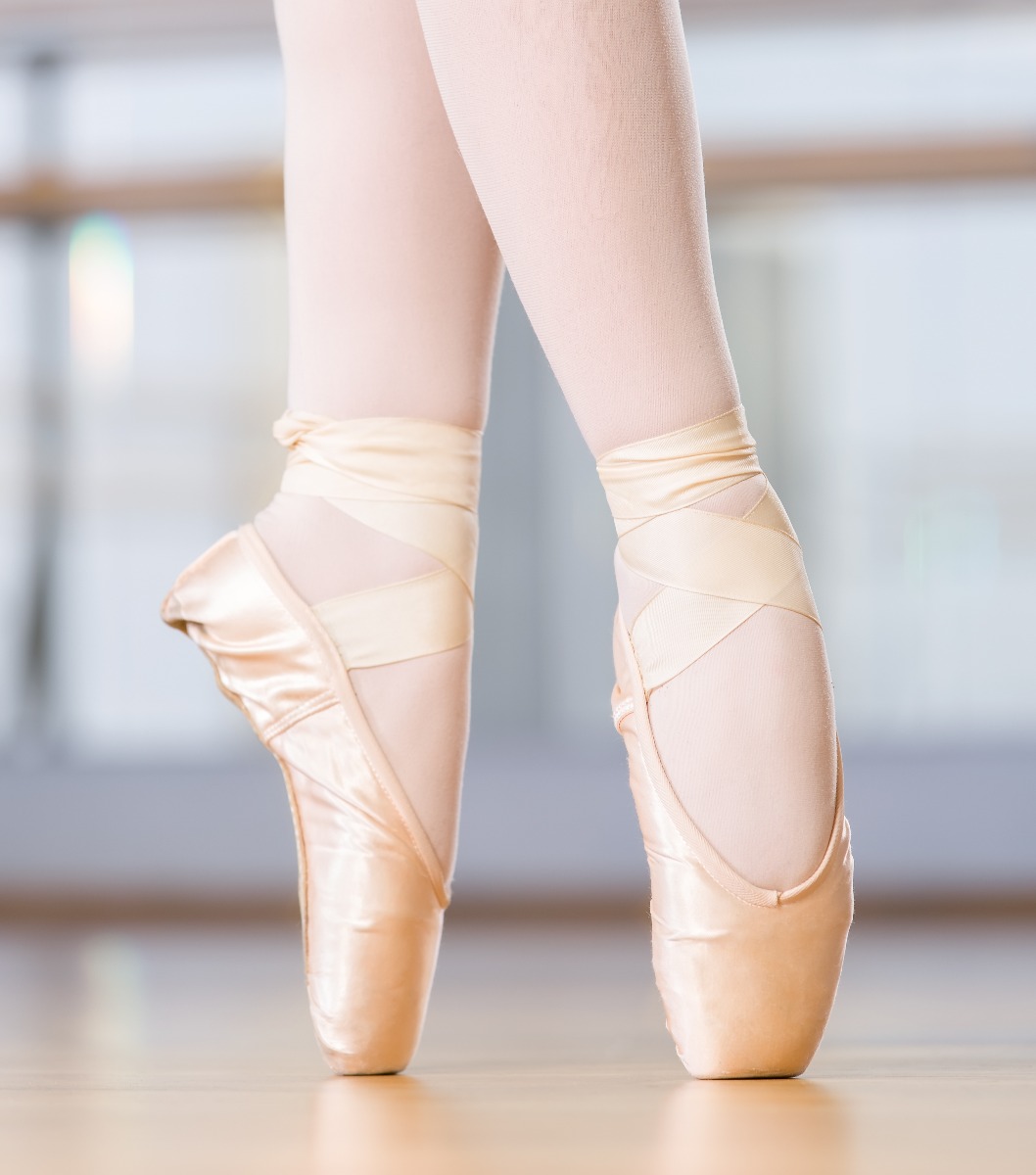
There are steps you can take to reduce your risk of injury as a dancer. Follow these tips:
- Wear properly fitting shoes and clothing
- Stay hydrated! Drink plenty of fluids and eat well
- Pay close attention to the correct technique and use it!
- Perform a proper warm-up and cool-down
- Get enough rest and don’t overtrain
- Take the next day off after a high intensity activity
- After working at your highest intensity a couple of times a week, take off two days in a row
- After the dance season ends, take three to four weeks of rest
- Do cross training to build up your strength and endurance (consider yoga, Pilates, swimming, or biking)
- Don’t dance through pain! When an injury occurs, address it immediately and get advice from a doctor, PT, or athletic trainer.
- Be mindful of your body’s limits and don’t push too fast, too soon
- Lead a healthy lifestyle
Dance Injury Statistics
A study by the Research Institute at Nationwide Children’s Hospital examined dance-related injuries among children and adolescents (3 to 19 years of age) from 1991 to 2007 who were treated in the emergency department.
They found that:
- From 1991-2007 there was a 37% increase in dance-related injuries
- The most common injuries were sprains/strains
- The most common cause was falls
- The most common age at injury was 15-19 years old
- Injuries most often occurred in the lower extremities (21% ankle, 17% knee, and 12% foot)
Learn more about the study’s results by watching this video!
Or check out this infographic from Nationwide Children’s!
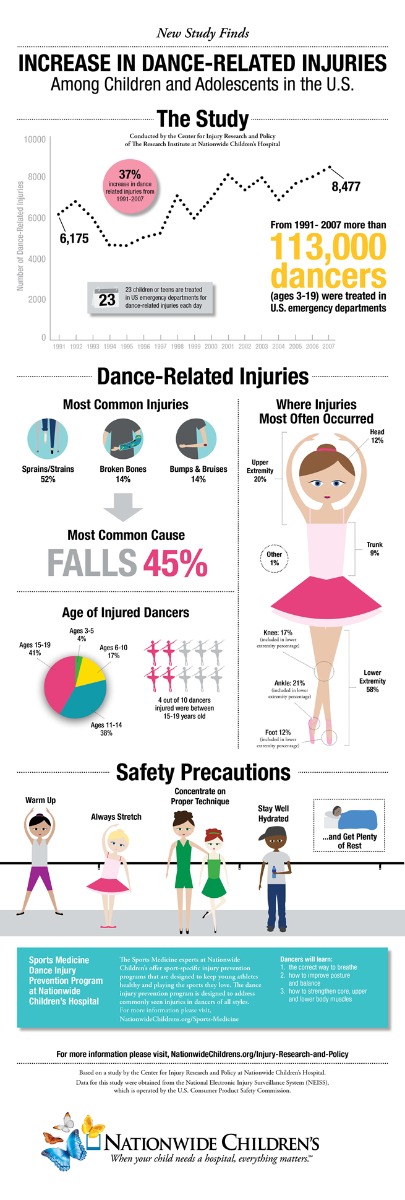
21 Ways to Relieve Dancers’ Pain
Talk to your doctor, physical therapist, athletic trainer, or medical professional about your pain relief options. Here are a variety of options that they may recommend to relieve your pain.
Explore our whole list or choose your preferred pain relief method to jump to specific options!
- Medication
- Cryotherapy – Cold Pain Relief
- Thermotherapy – Hot Pain Relief
- Hot and Cold Pain Relief
- Tape and Other Supports
- Massage and Foam Rolling
- Stretching, Exercise, and Technique
- Additional Pain Relief Options
Medication
1. NSAIDs (nonsteroidal anti-inflammatory drugs)
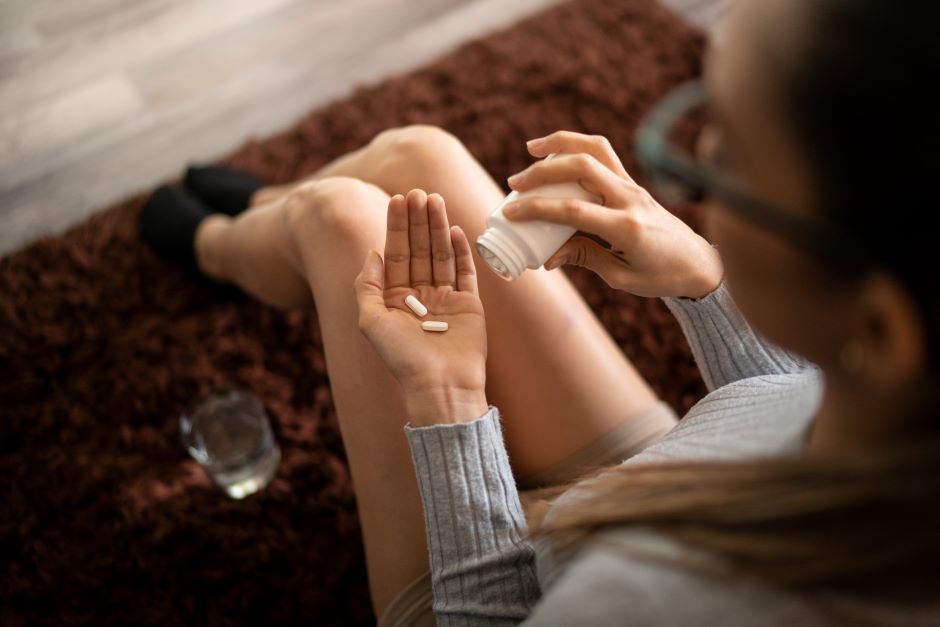
Dancers often pop painkillers as a preventative measure before practice or to relieve pain or cramps after rehearsal, but they shouldn’t be taken all the time and can have serious side effects.
NSAIDs are a class of pain relieving and inflammation reducing medications that includes ibuprofen (Advil, Motrin), naproxen (Aleve), and salicylates (aspirin). Salicylates can cause Reye’s syndrome in children and teens (a serious condition where the liver and brain are injured) and shouldn’t be taken. Other NSAIDs have minor side effects, like dizziness or constipation, and more serious side effects like ulcers or a higher risk of heart attack or stroke.
You should always let your doctor know if you are taking NSAIDs if you are on other medication or if you are taking the pills for more than two consecutive days.
One of the biggest risks is that taking NSAIDs regularly may prevent you from knowing that your injury is getting worse. They help mask the pain, but the medication isn’t a practical long-term solution.
Use NSAIDs sparingly for short term pain relief and try some of the other suggestions below first, like ice, stretching, and improving your technique.
Cryotherapy – Cold Pain Relief
2. Ice
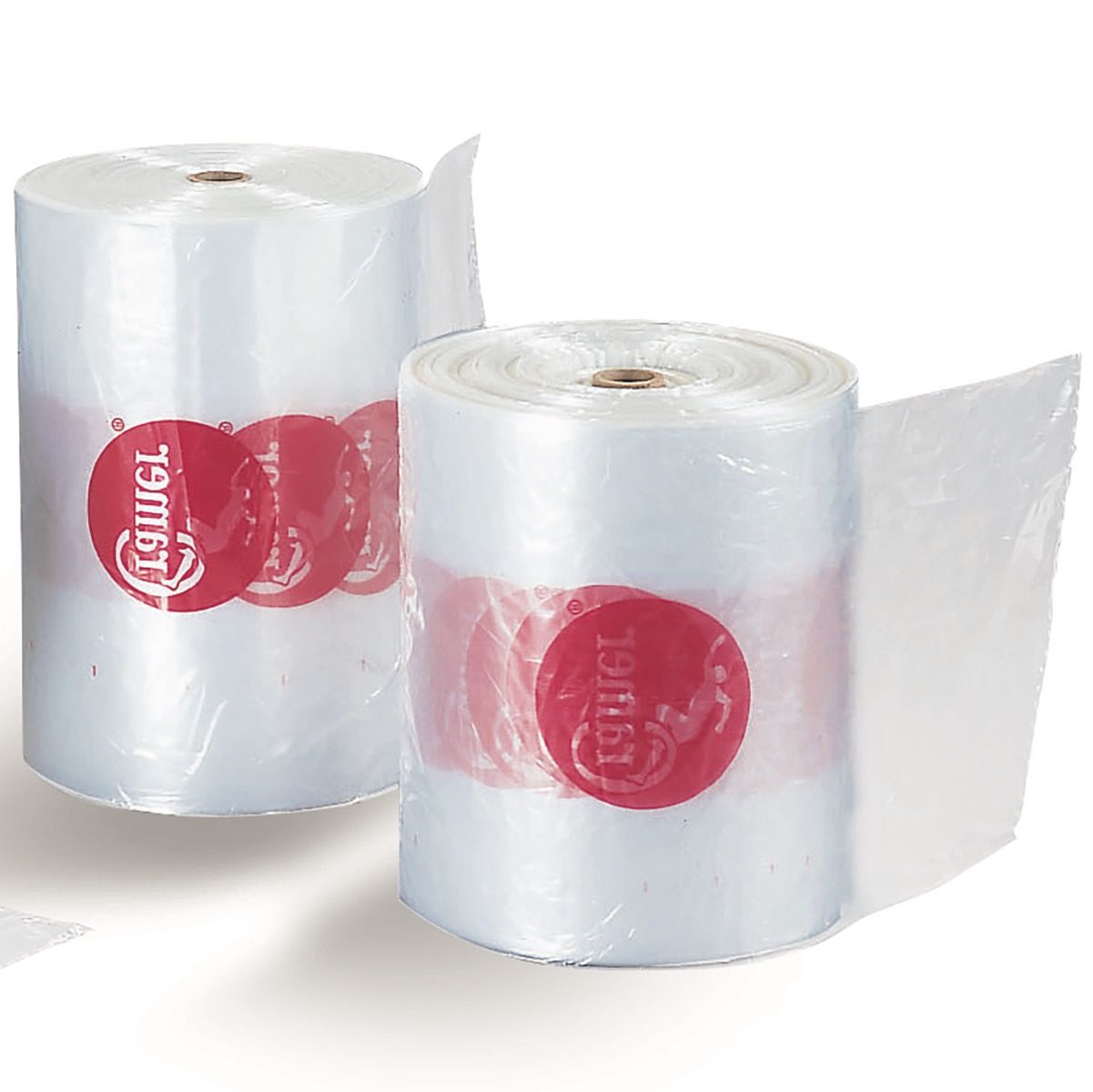
One of the classic components of RICE (rest, ice, compression, elevation), ice is often used to relieve pain. It reduces inflammation and swelling and numbs the area to reduce your pain. Use heavy duty ice bags to contain the mess that ice makes as it melts. You can buy a big roll and split them with other dancers to save money. Remember that ice is best for recent injuries, up to 48 hours after injury.
3. Biofreeze
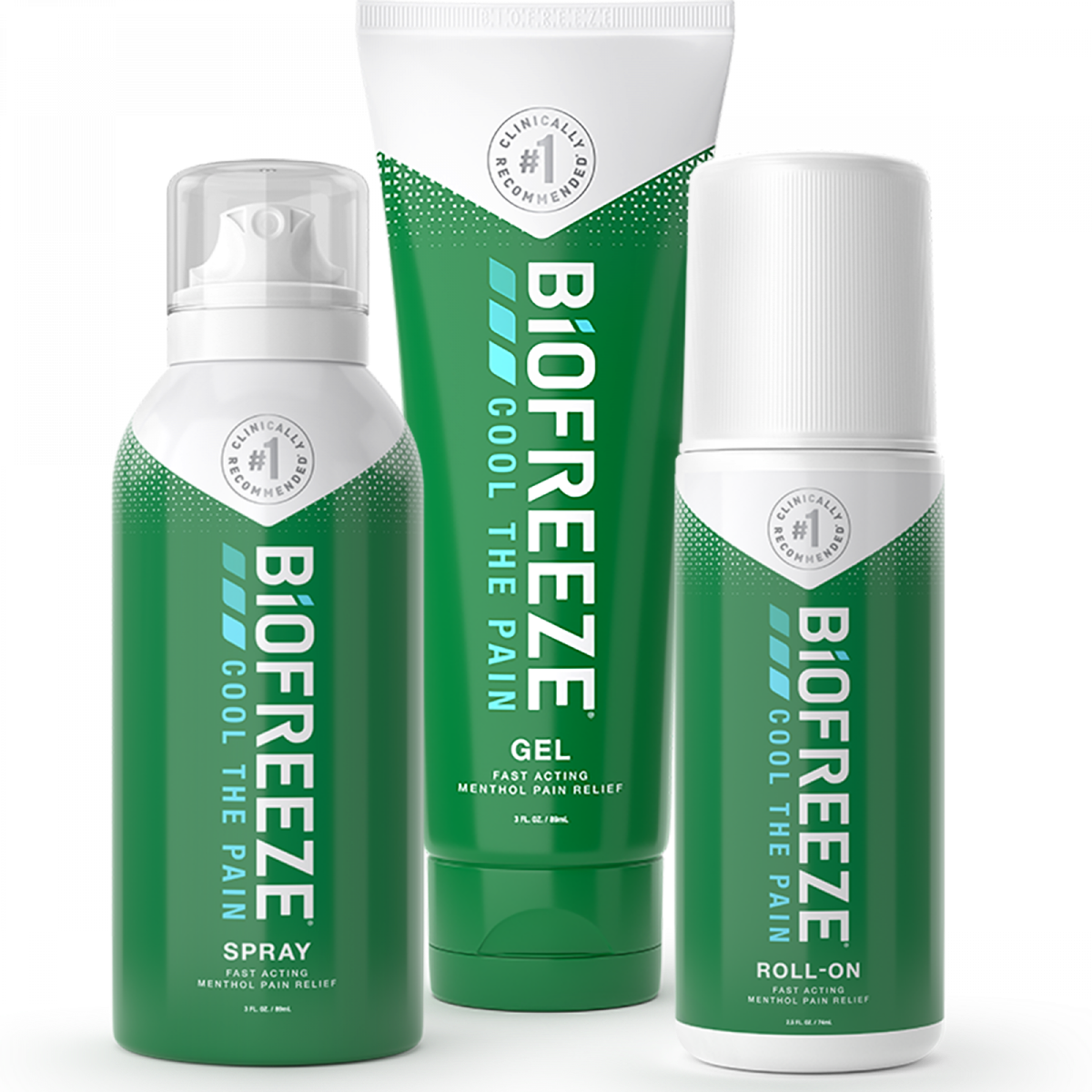
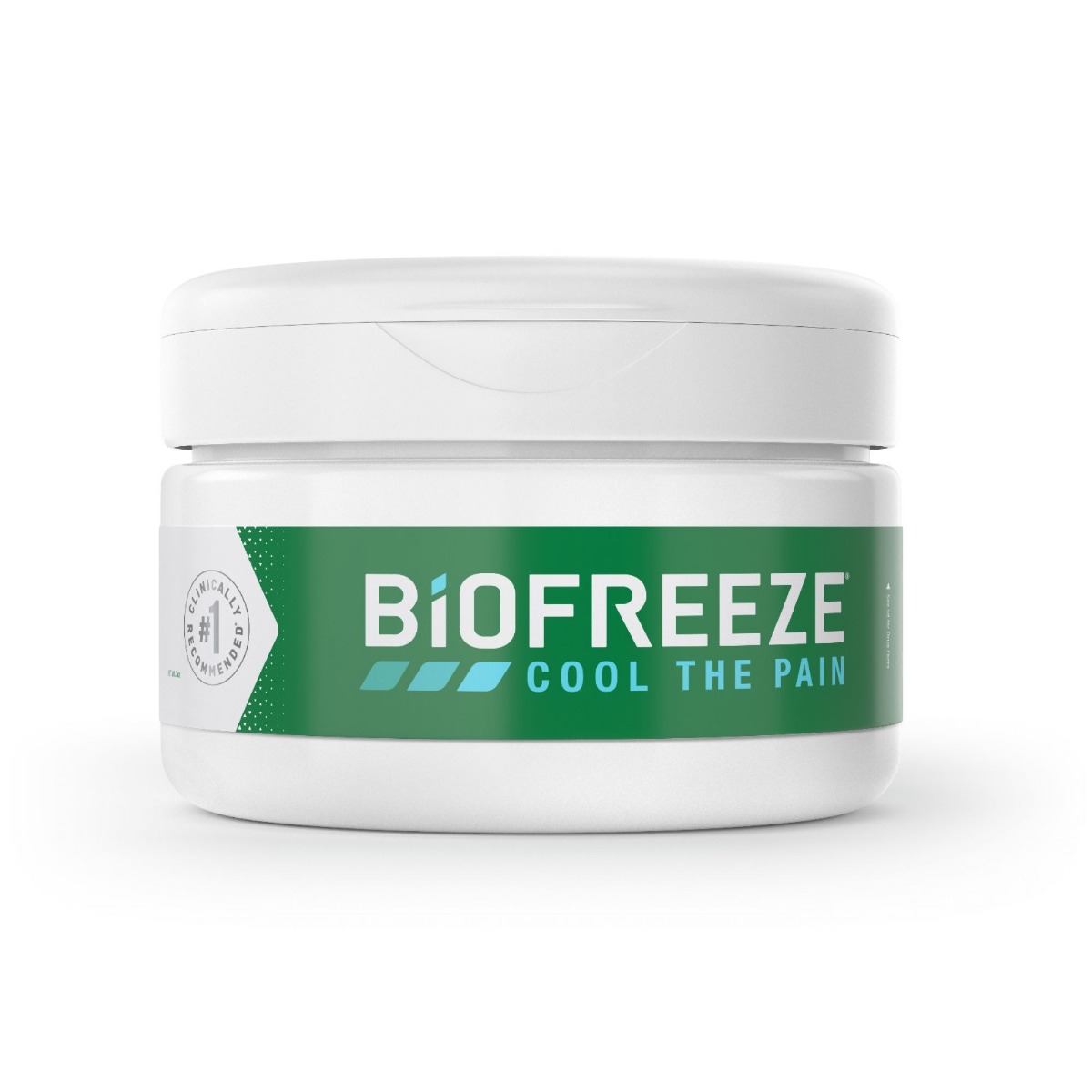
Pain relief with less mess is possible with Biofreeze! The topical analgesic is applied to your skin to relieve pain. It’s available in a variety of forms including gel, spray, roll-on, and cream. In one study, people preferred Biofreeze over ice 2:1. The menthol provides cool relief for aches and pains.
|
4. Hyperice Compression
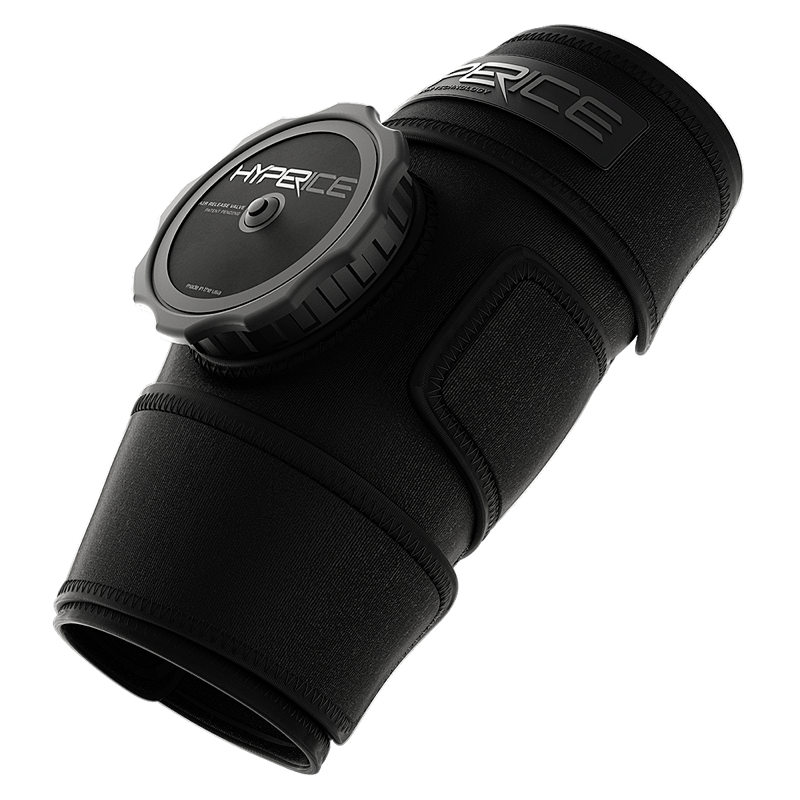
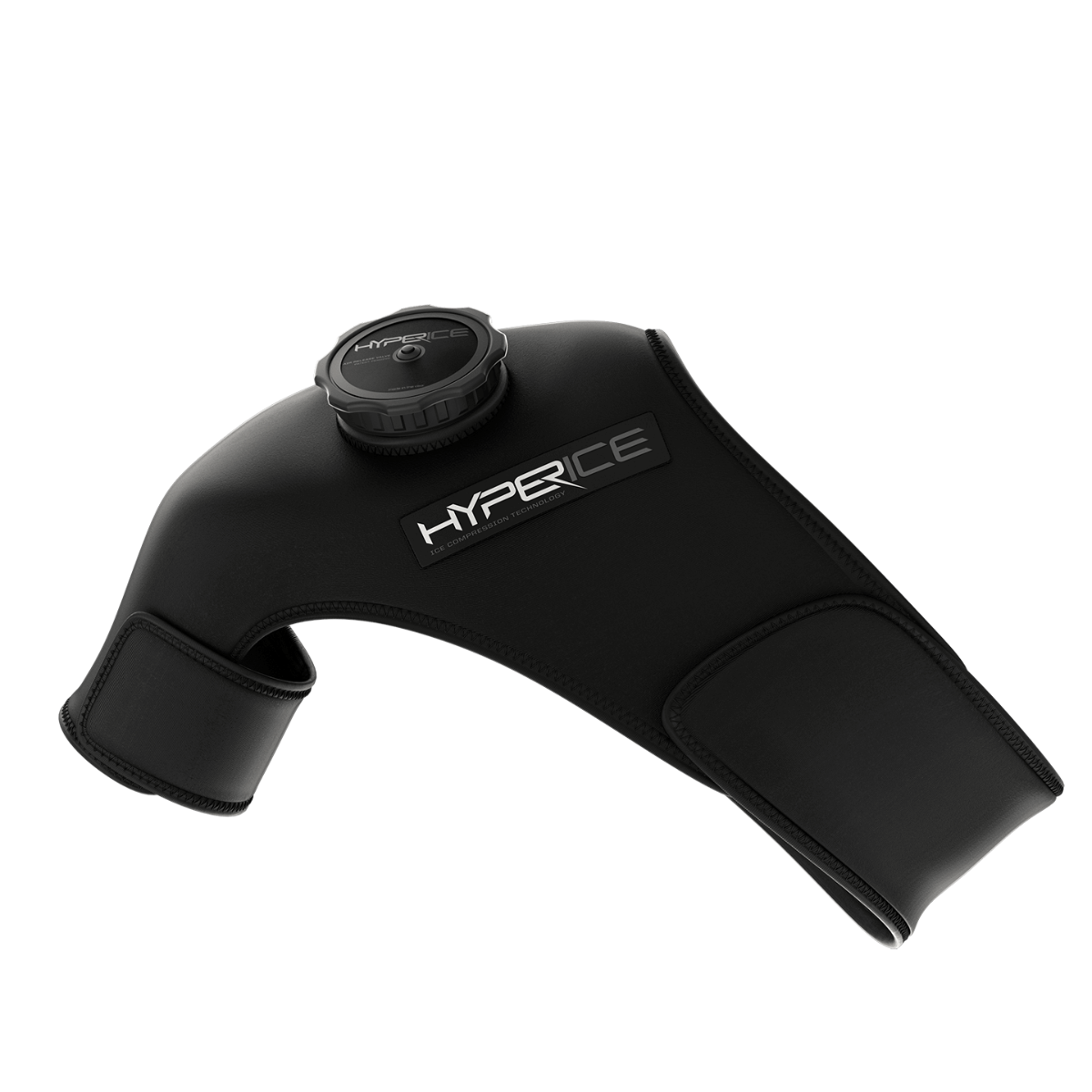
Combine ice and compression with the Hyperice Compression! Choose from shoulder, knee, and back options for effective icing of sprains, strains, and pre- and post-surgery injuries. Target your pain with Hyperice Compression cold therapy and achieve two elements of RICE at one.
Thermotherapy – Hot Pain Relief
5. Heating Pads
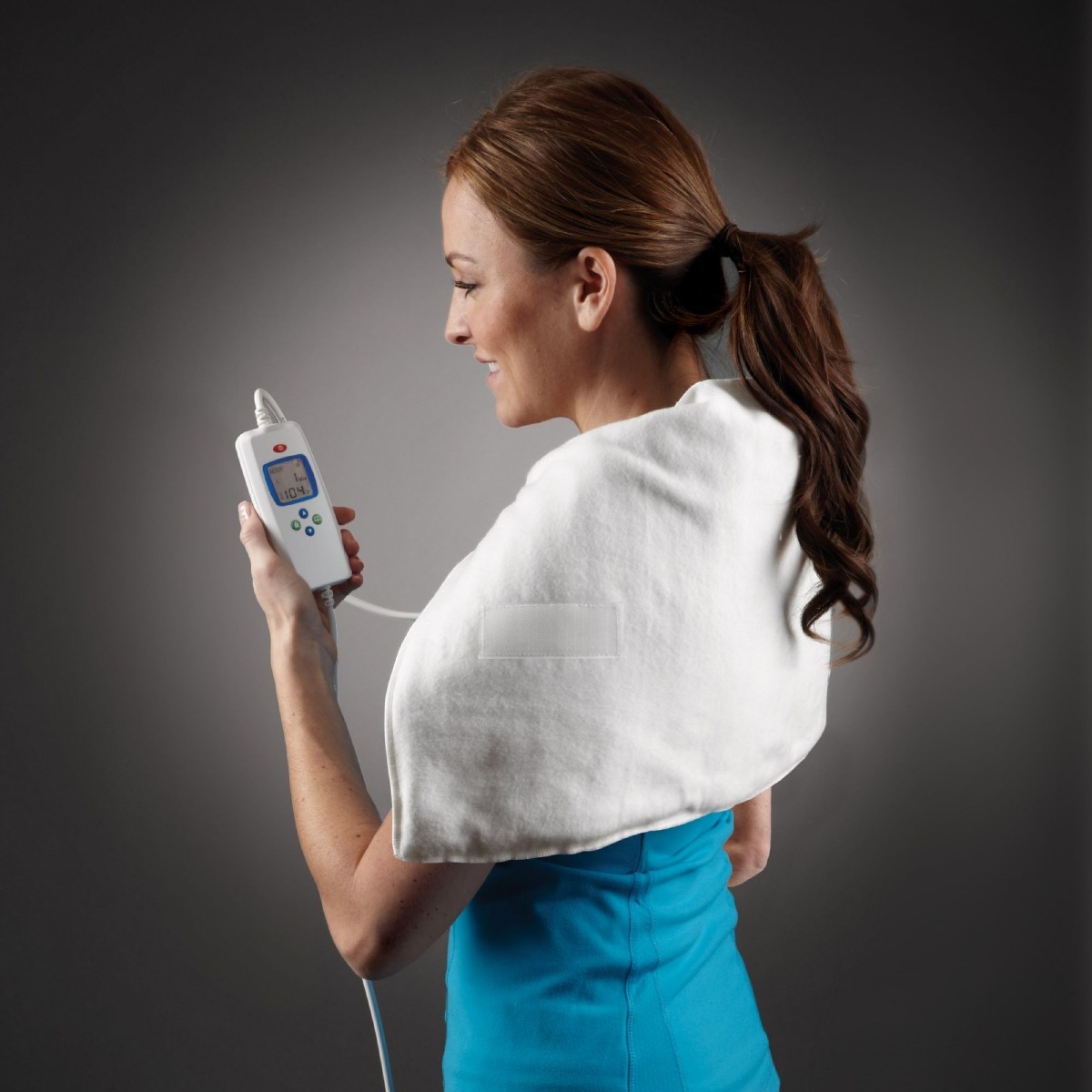
While ice can help relieve recent injuries, heat is best for more chronic pains that are two or more days old. Moist heat pads can help decrease muscle pain and spasms and increase your range of motion. They are a great way to warm up prior to a practice or competition after coming back from a recent injury. Choose from a variety of sizes to fit your dance injury needs.
6. Rocksauce Fire
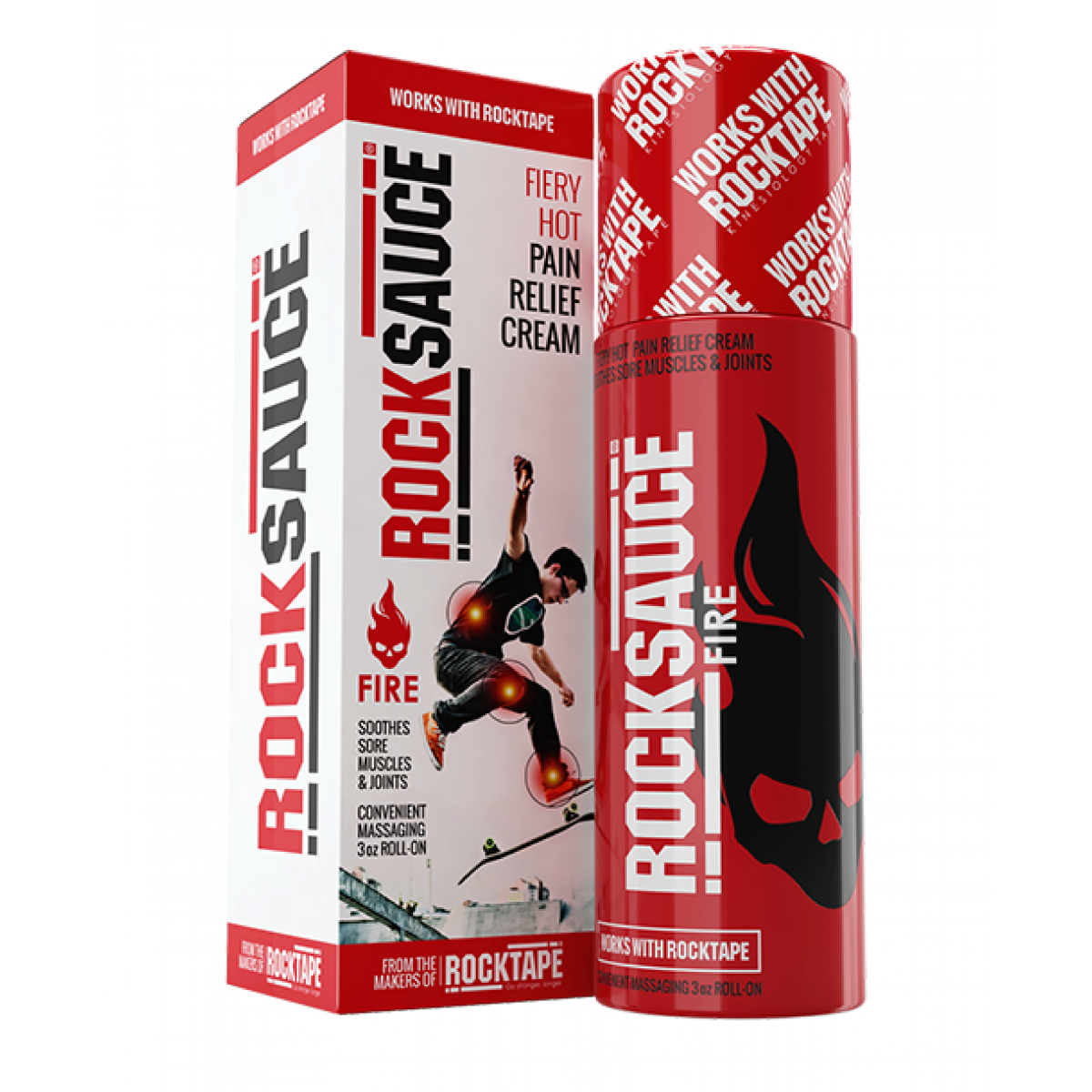
This topical roll-on provides hot pain relief. Relieve your discomfort from sore muscles or joints with Rocksauce Fire. Get quick pain relief now!
7. Hyperice Venom
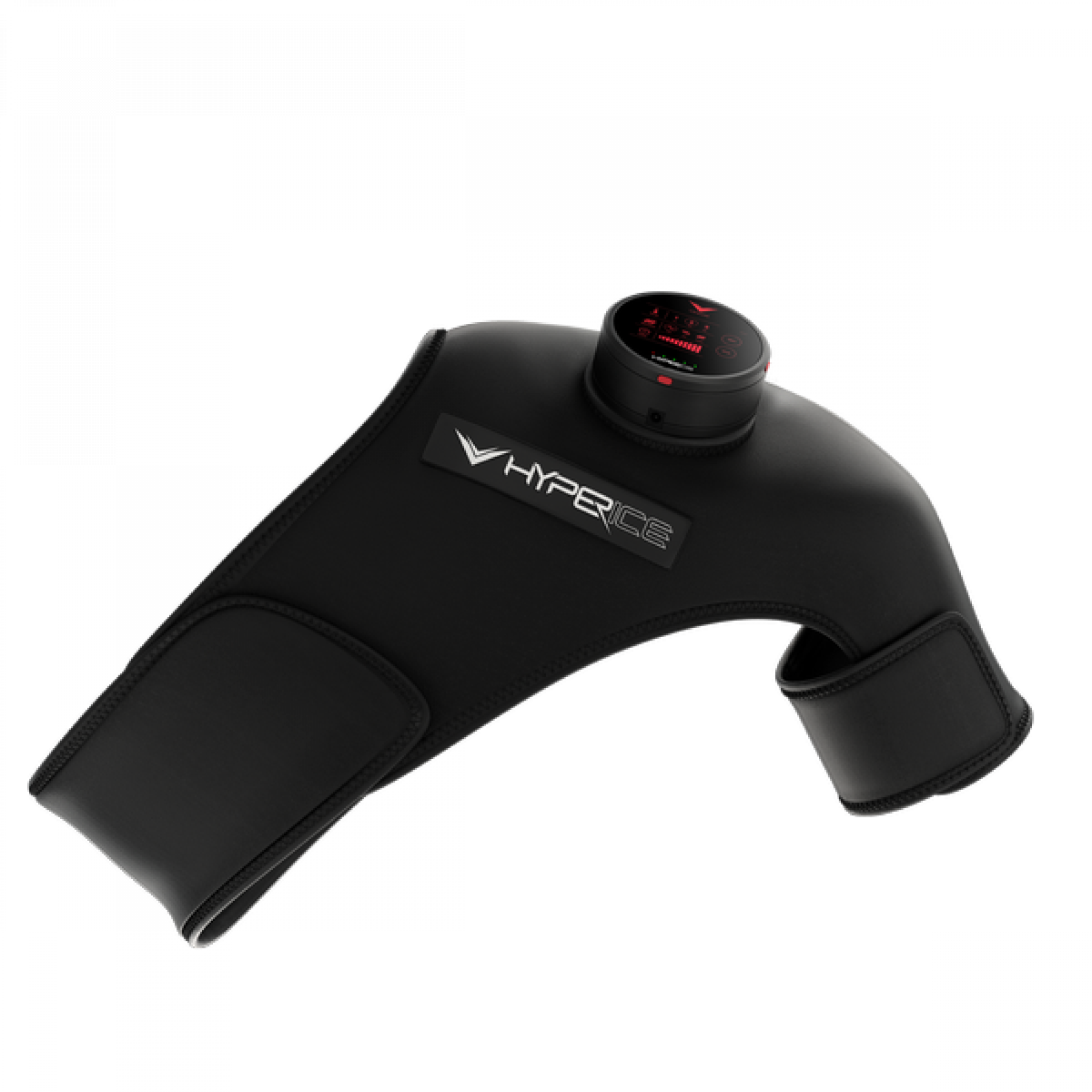
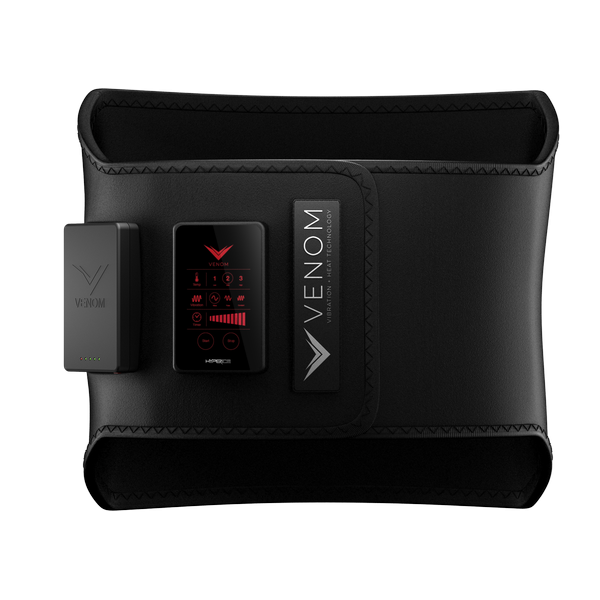
Looking for heat and vibration? You’ve found it with the Hyperice Venom. Warm, loosen, and relax your stiff and sore muscles with the Venom. Choose from back, knee, and shoulder options to help relieve your pain at home or before or after dance class.
Hot and Cold Pain Relief
8. TheraPearl Color-Changing Hot and Cold Packs
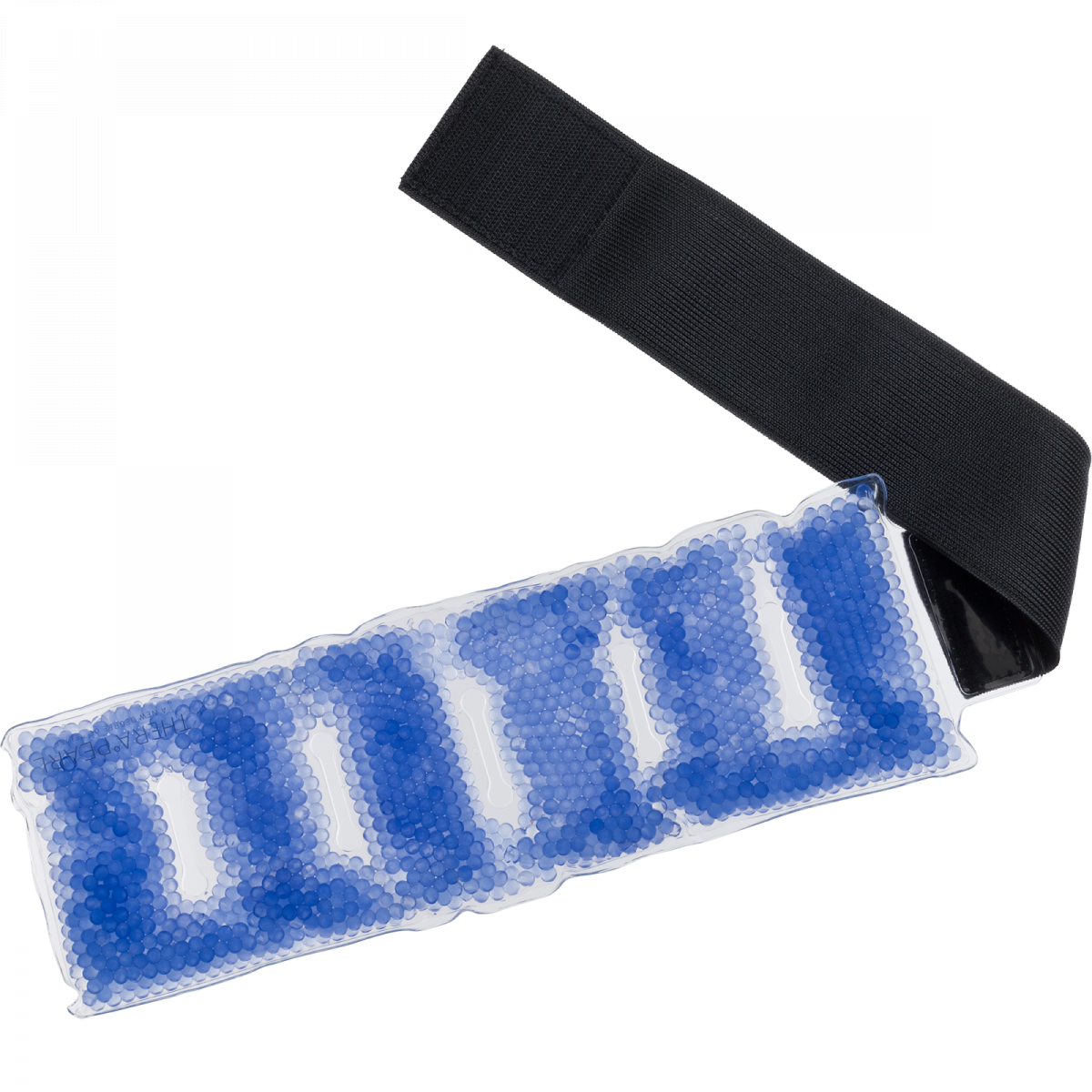
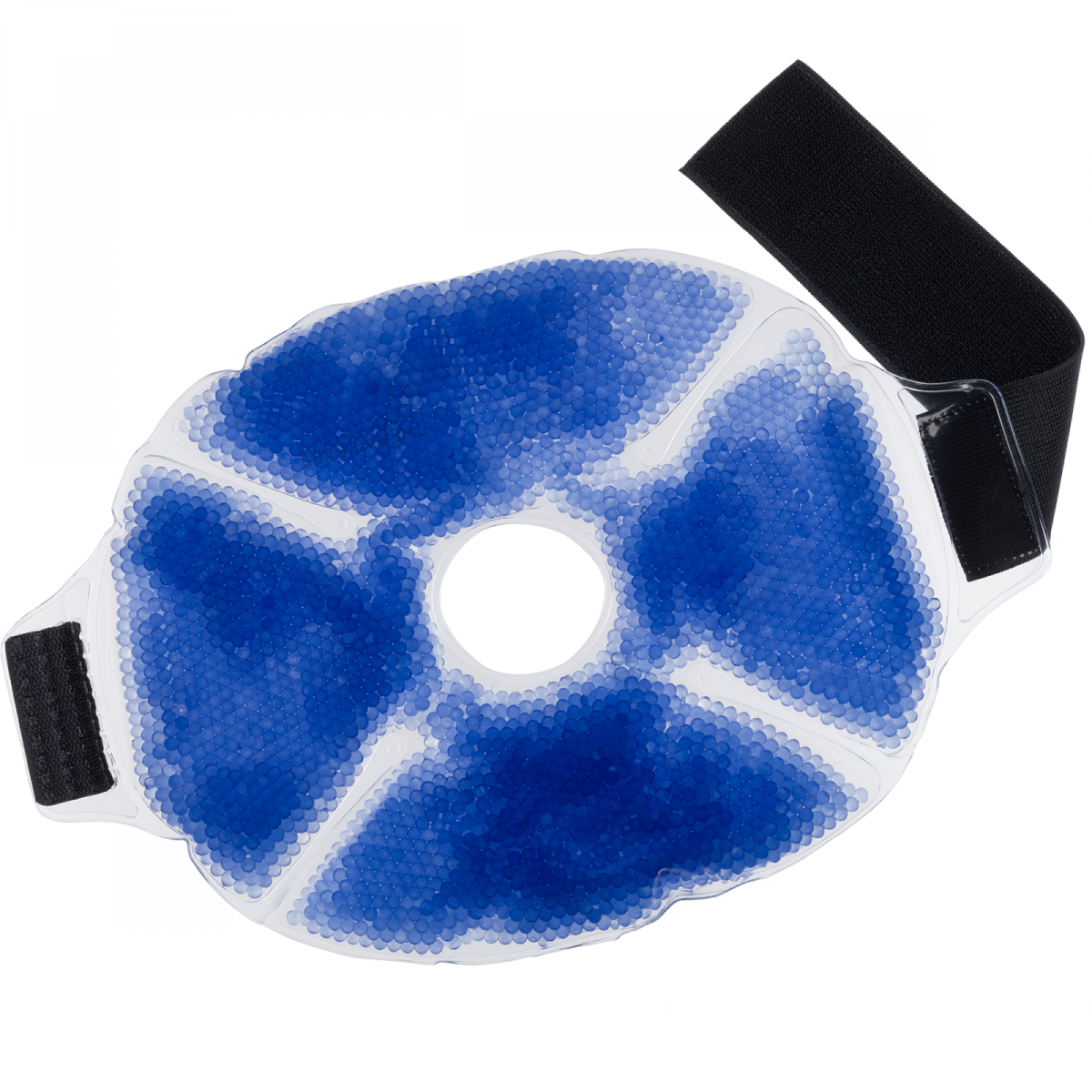
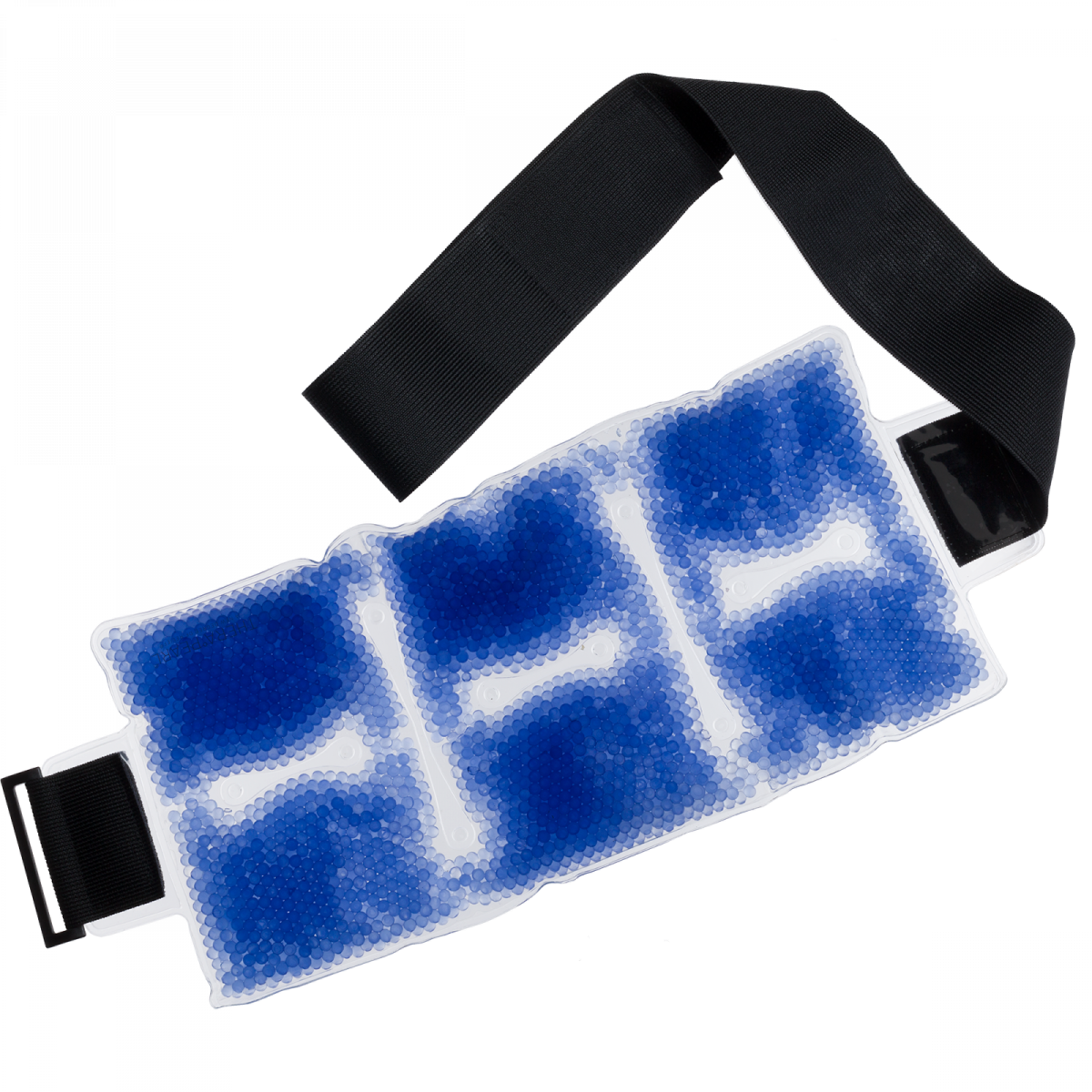
While cold therapy is recommended for recent injuries and heat is recommended for older injuries, you should really use whatever feels best and relieves your pain. If you’re not sure which to pick, choose TheraPearl Hot and Cold Packs and try both! The 2-in-1 packs can be frozen in the freezer or warmed up in the microwave.
You can use one pack as you progress in your injury recovery. Plus, they change colors, turning purple when cold and white when hot. You can choose from a variety of options including ankle, knee, and back wraps, and even more options.
Tape and Other Supports
9. Kinesiology Tape
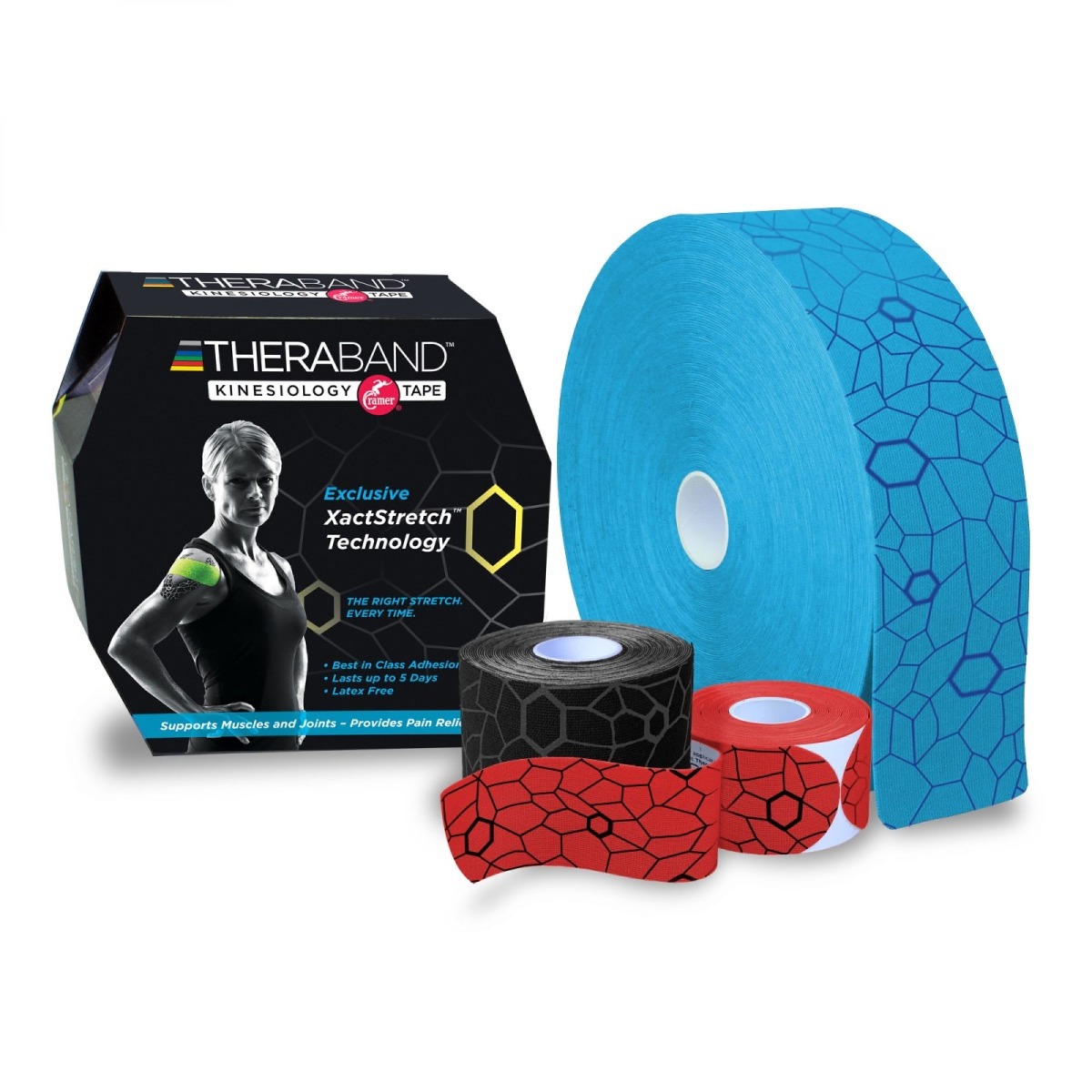
Kinesiology tape can be used to help support muscles and joints without limiting your range of motion. This make it a great choice for support during dance class and other activities. Choose from a variety of colors from electric green or hot pink to basic beige or black. TheraBand Kinesiology Tape has XactStretch Indicators to help you ensure the right amount of tape stretching. Learn more about how to apply it in these videos!
10. Athletic Tape
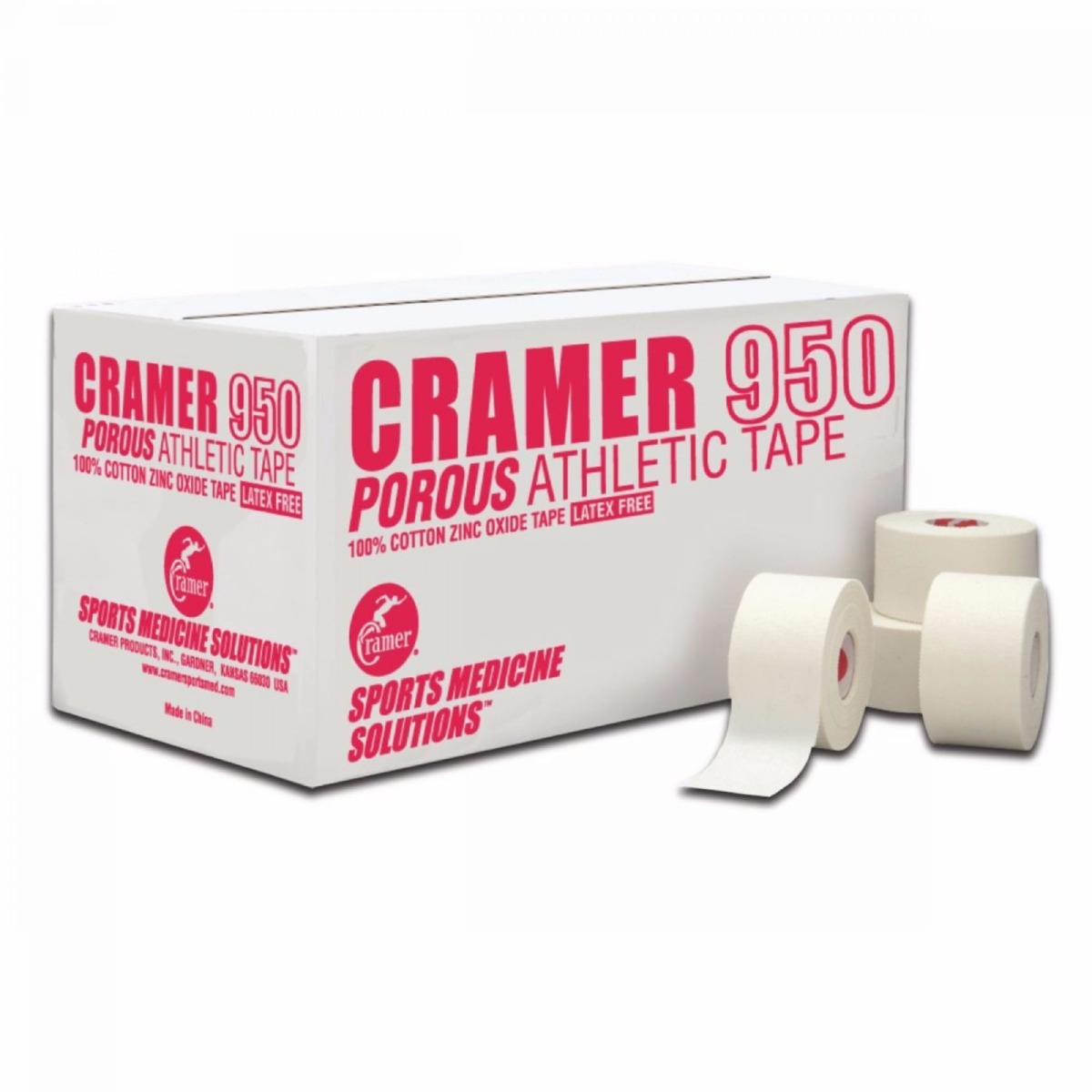
If you’re looking for more support, choose Cramer Athletic Tape. Zinc Oxide tape is a favorite of athletic trainers to help reduce the risk of injury and support healing sprains and strains. The tape offers your joints the support they need to help reduce your pain.
11. Back Supports
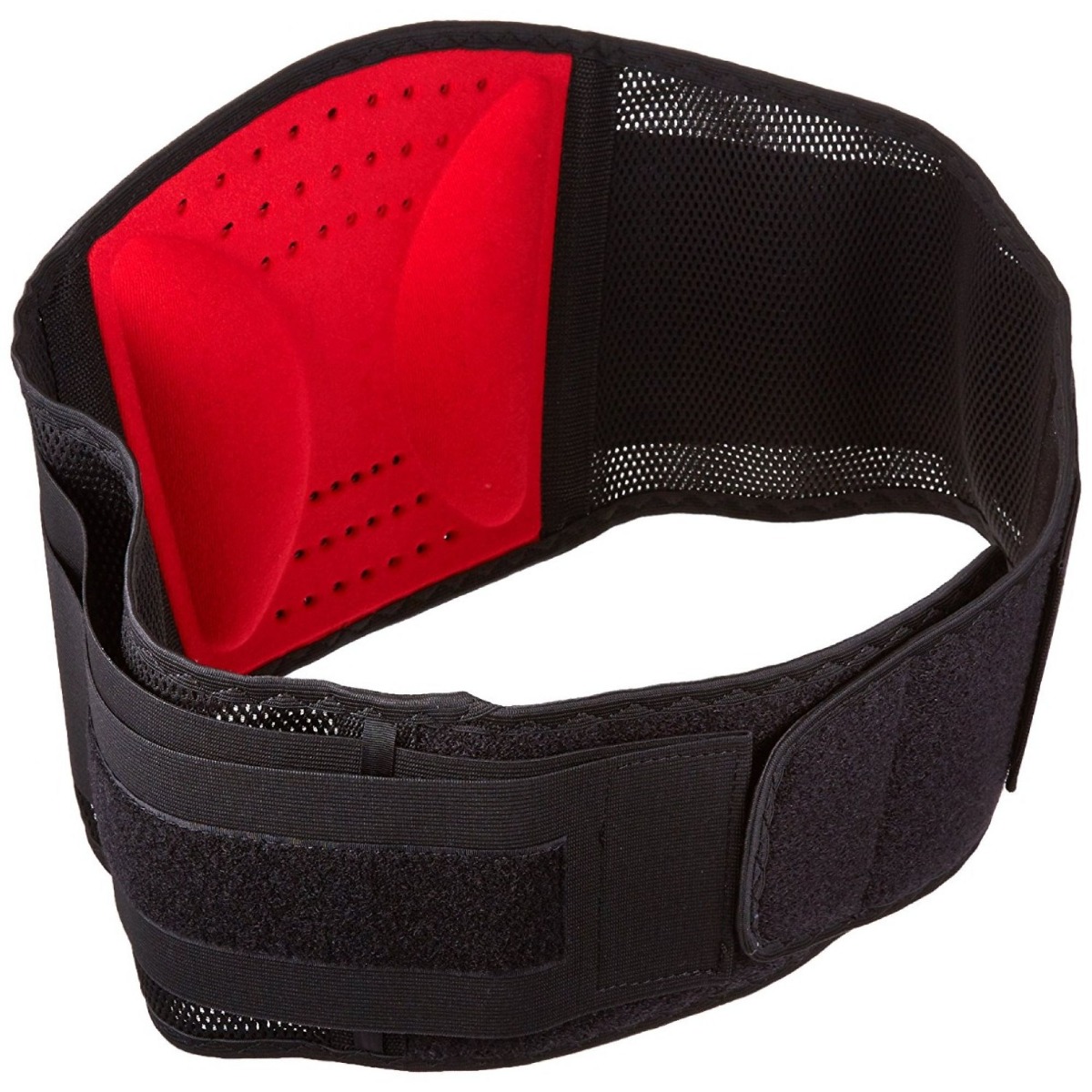
If you suffer from back pain, a back support can help. It protects sprains and strains while they heal and gives your back the added support it needs. Check out the RolyanFit Mesh Back Support!
12. Orthotic Shoe Inserts
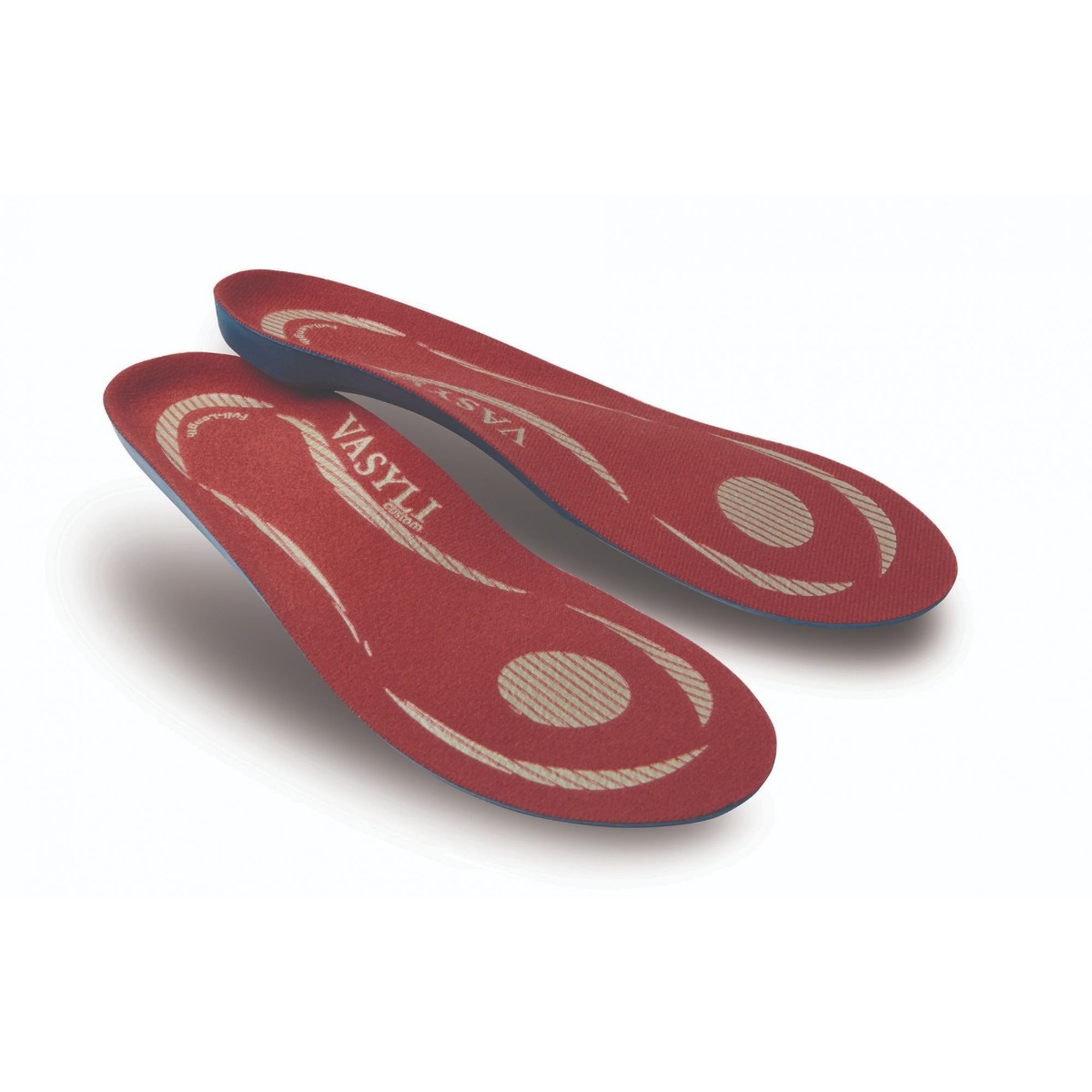
Sore feet? Add an orthotic shoe insert to your everyday shoes. They’ll offer support and comfort for your feet when you’re not dancing.
Massage and Foam Rolling
13. Foam Rolling
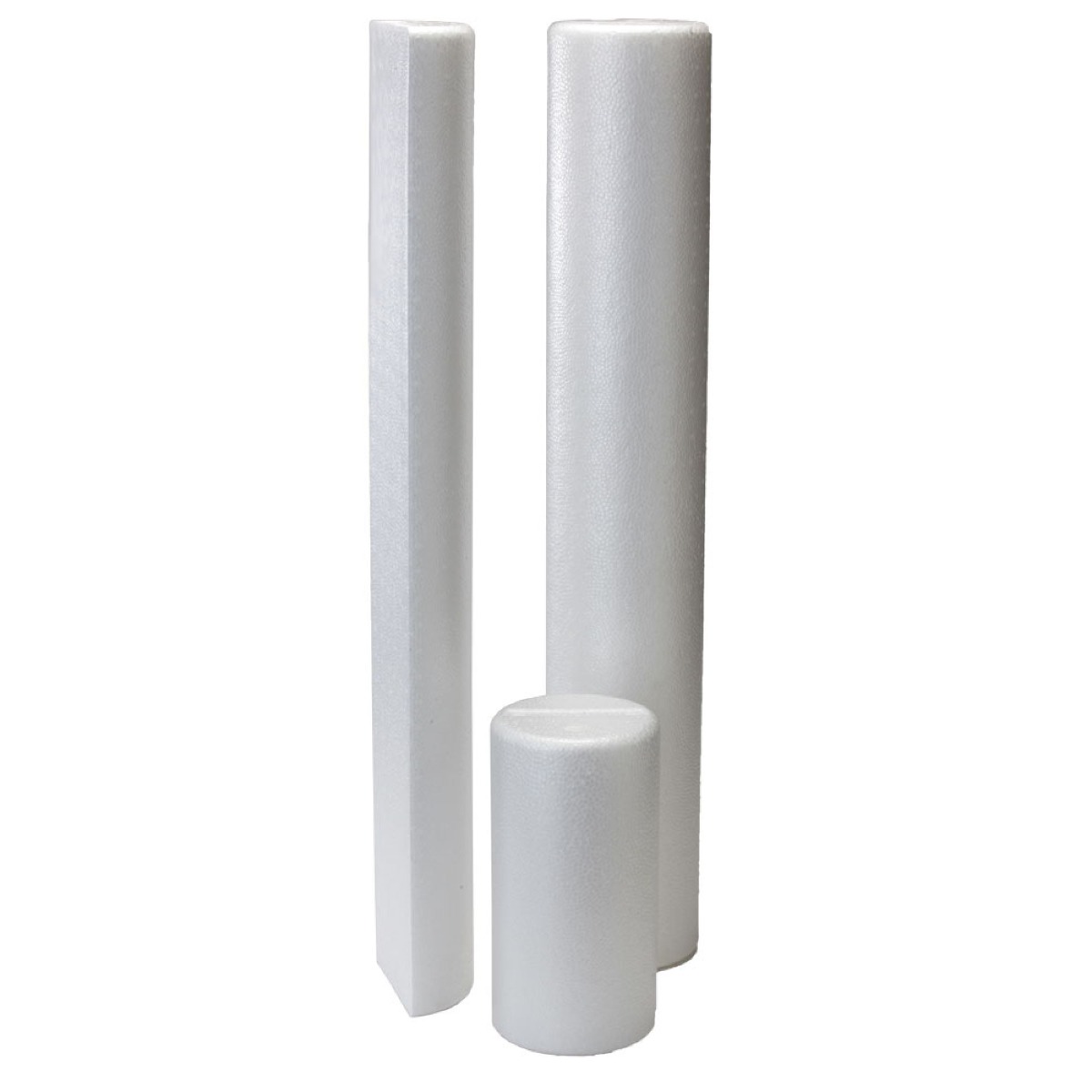
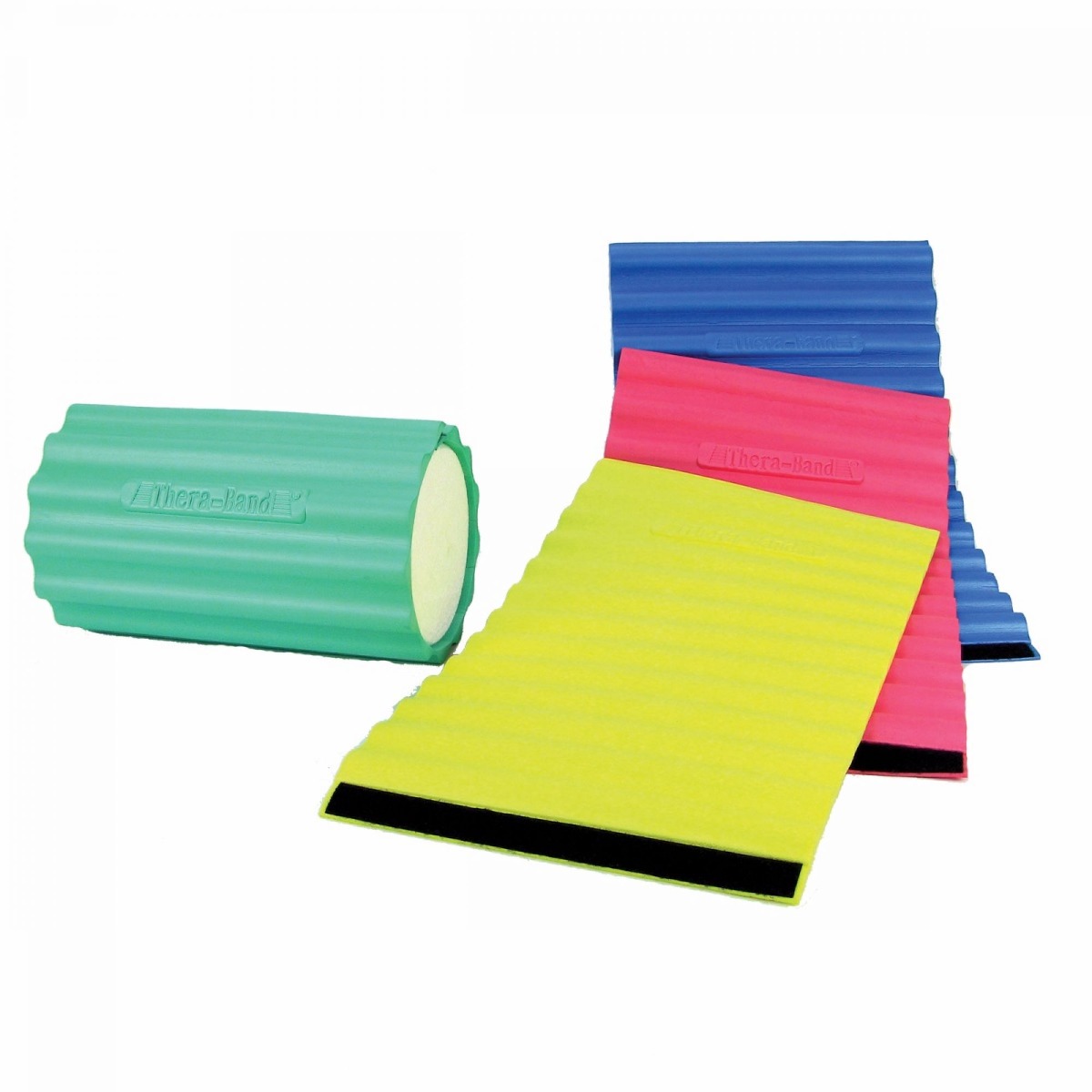
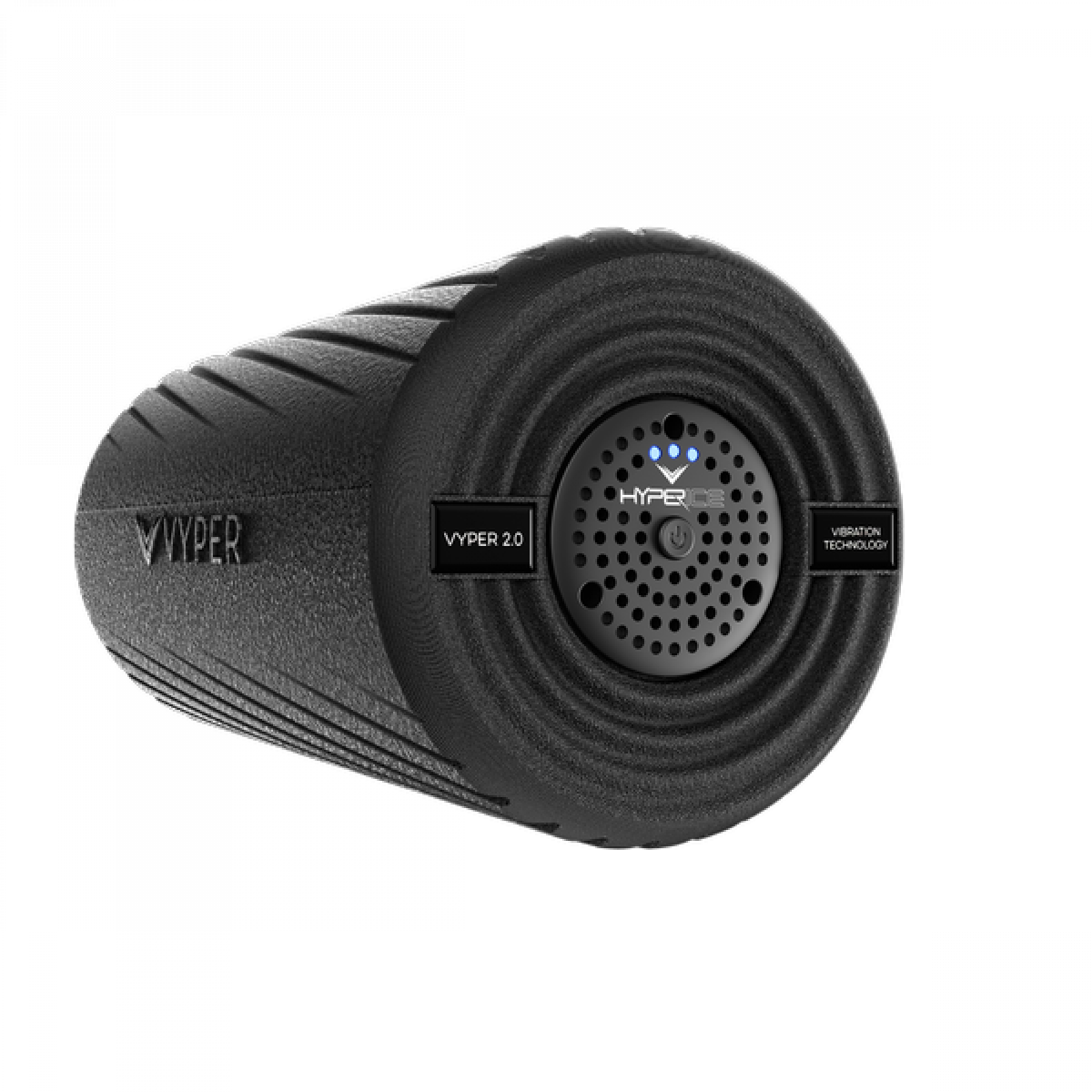
Foam roll before or after dance to help reduce soreness. You can choose a full-size foam roller for use at home or a smaller roller to fit in your dance bag. For extra myofascial release when rolling, add a roller wrap. The ridges massage your muscle tissue, and the TheraBand Roller Wraps are proven to relieve and reduce pain caused by delayed-onset muscle soreness (DOMS).
For deep muscle massage, consider a vibrating massage roller. The Hyperice Vyper 2.0 offers 3 vibration settings. Choose this roller to loosen muscles, reduce pain, and increase flexibility.
14. Foot and Body Massage Rollers
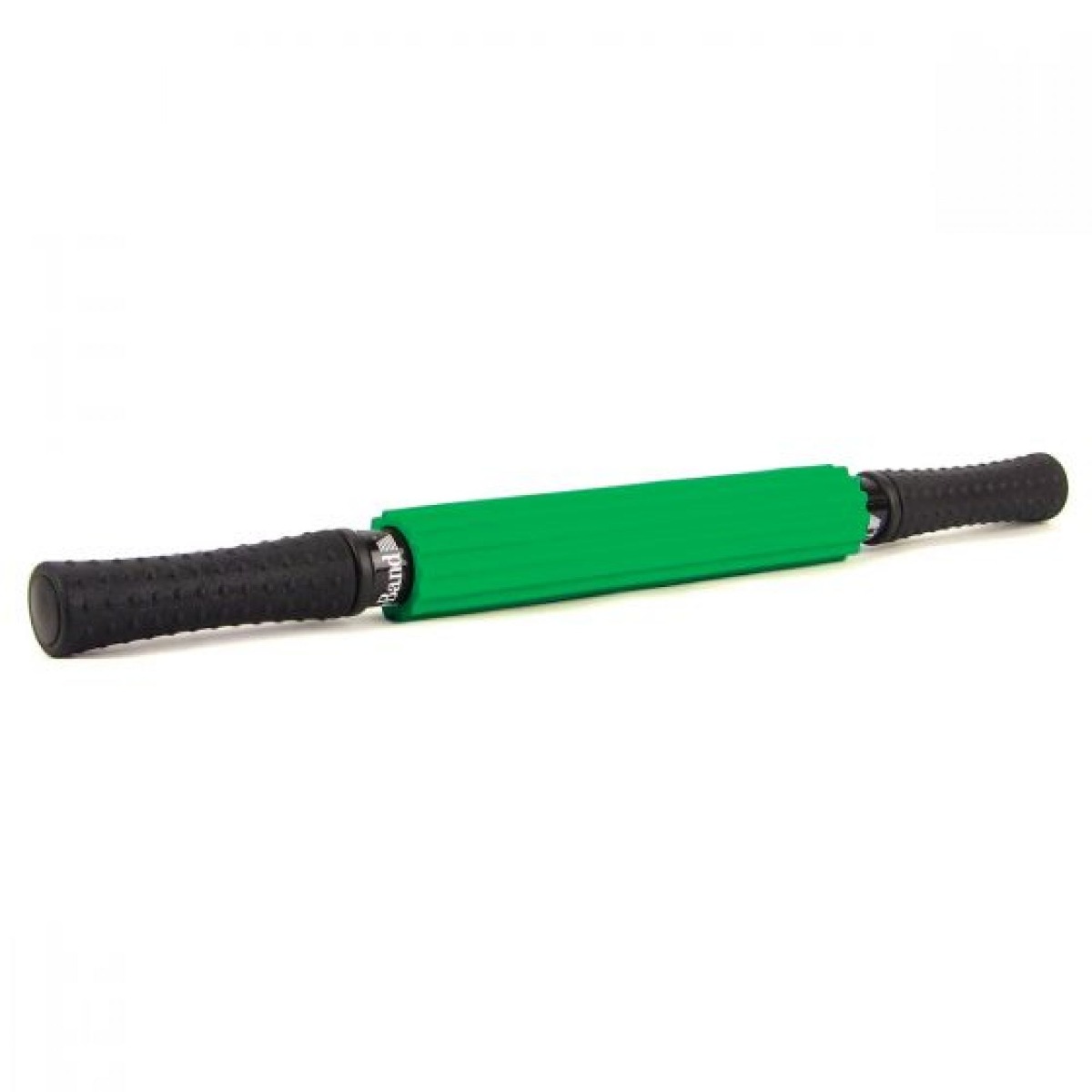
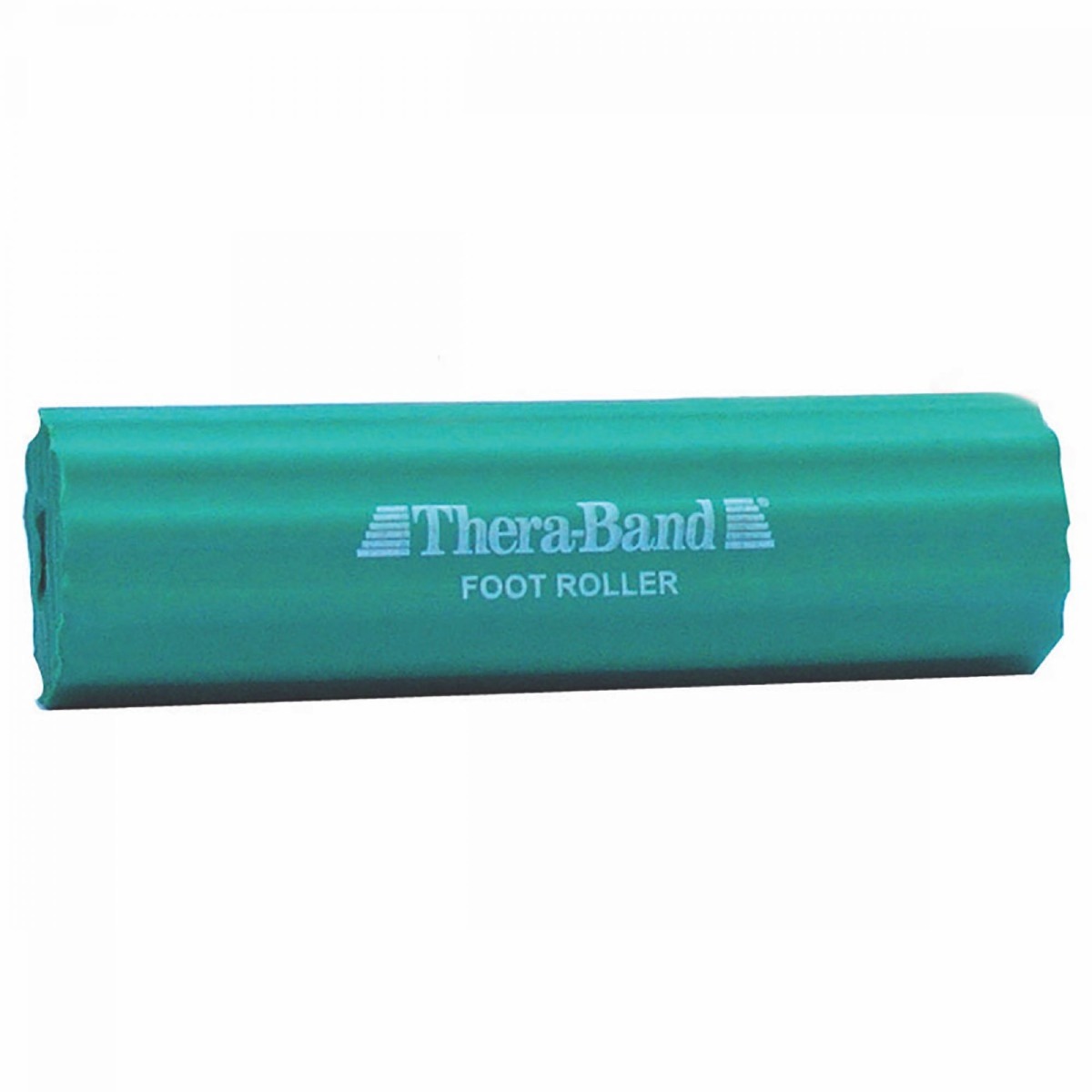
Massage is a terrific way to warm up your muscles before class or to relieve soreness afterwards. Use the TheraBand Roller Massager+ to target specific muscles and reduce your pain. The portable version has retractable handles and is easy to fit in a purse or dance bag. It’s smaller than a foam roller, which saves you space!
Foot pain? The TheraBand Foot Roller can help! Small and compact, it gently massages your foot as you roll it back and forth. Keep it in the fridge or freezer to help reduce inflammation and relieve pain at the same time.
|
15. Vibrating Massagers
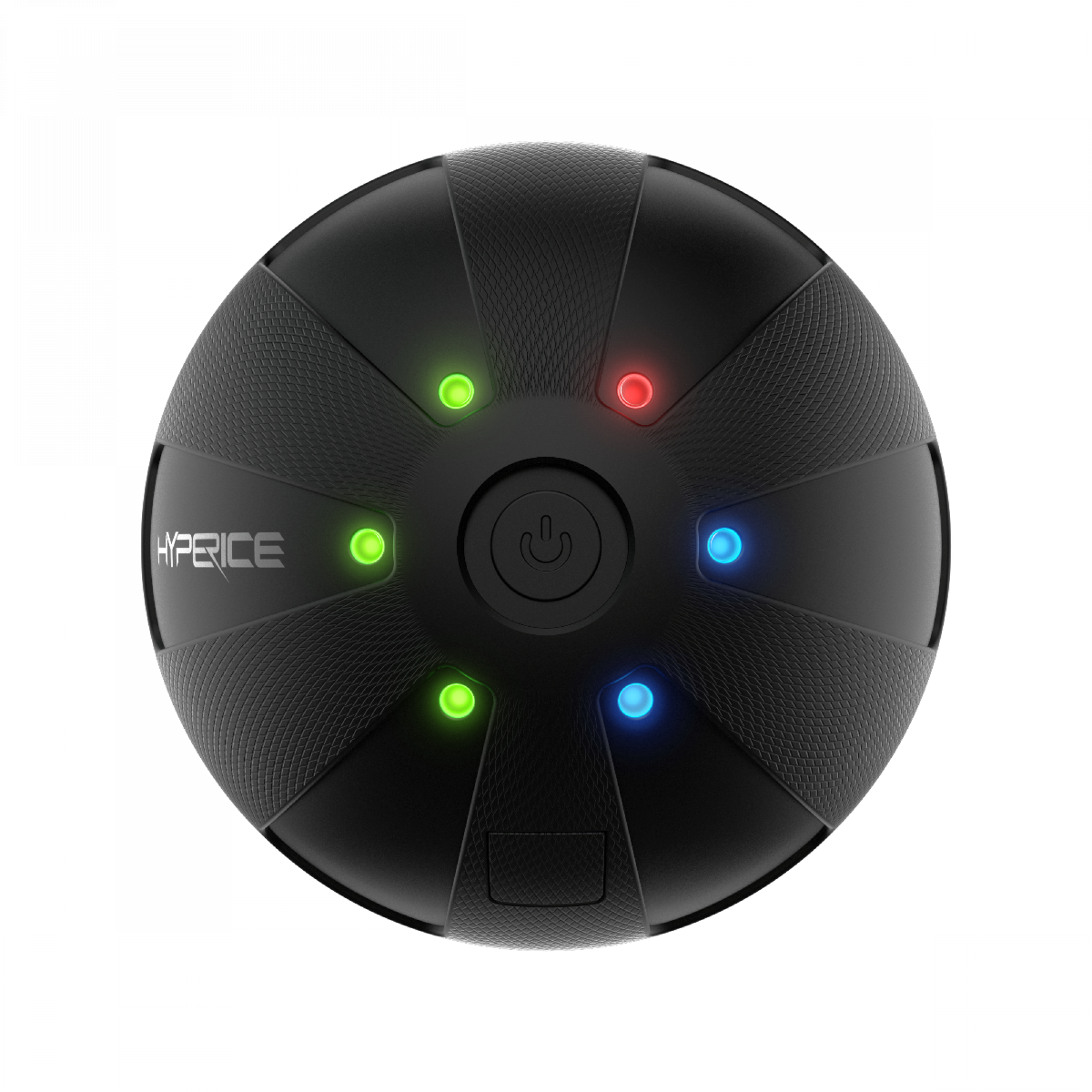
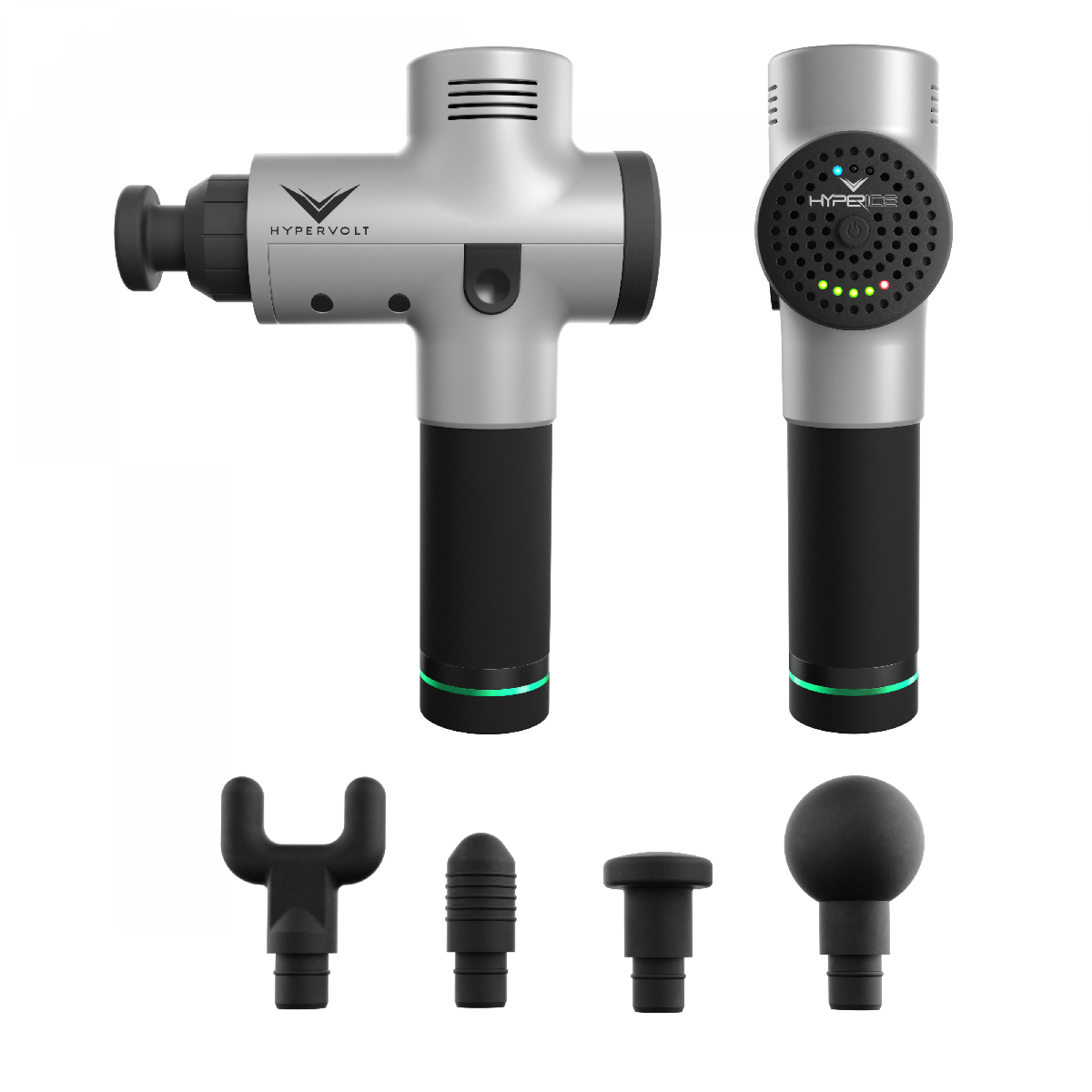
While massagers with vibration features are often more expensive, they are a great way to get relief for stiff, tense muscles. Plus, they help improve your range of motion. Check out the Hypersphere Mini for a vibration massage ball that won’t break the bank! Or for more targeted vibration massage therapy, check out the Hyperice Hypervolt Vibration Massage Device.
16. Massage Balms and Cremes
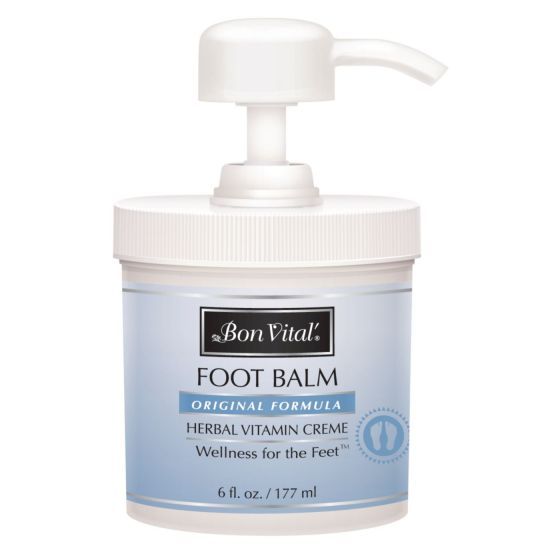
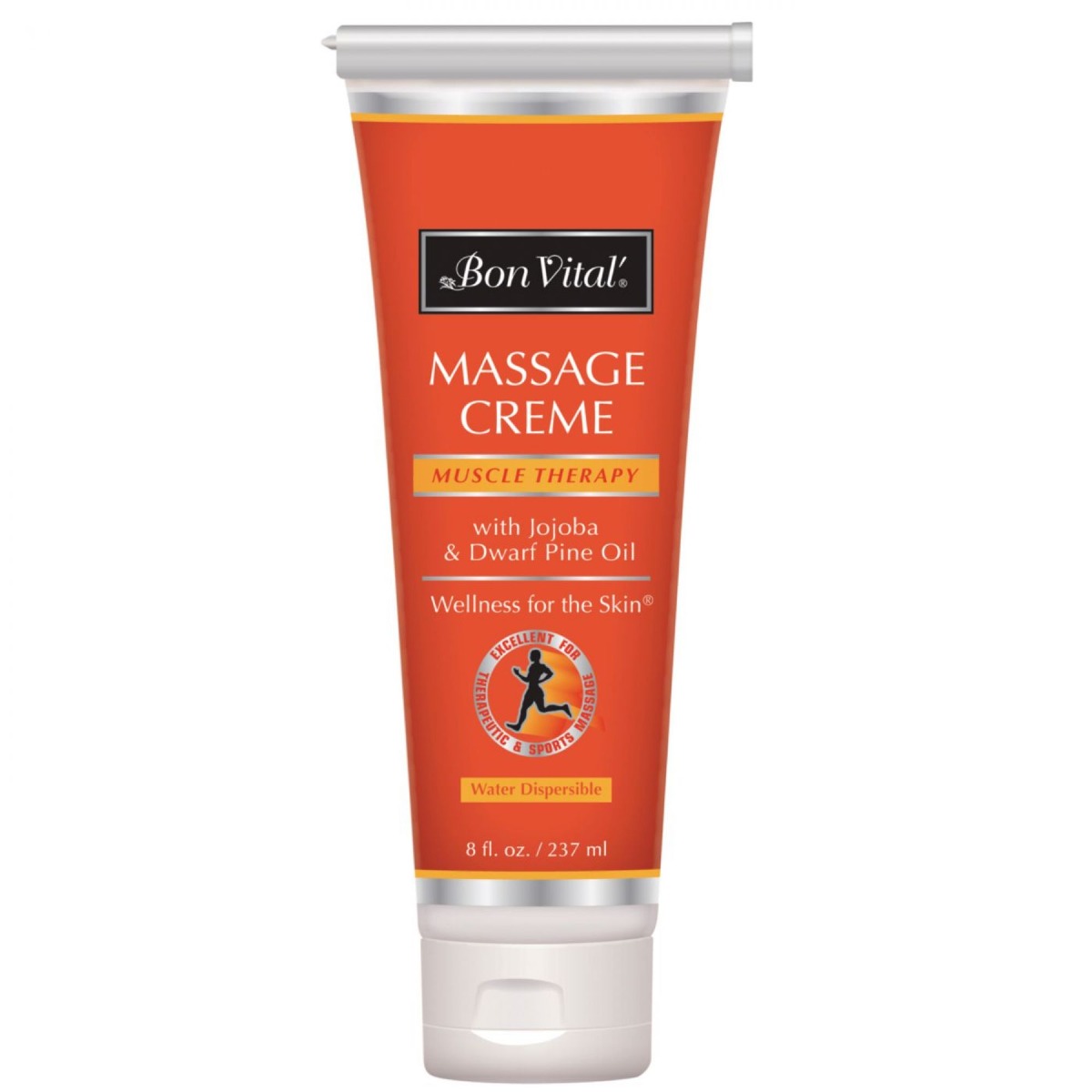
Another choice for a soothing massage is to use a massage cream. Bon Vital Muscle Therapy Creme is designed for use on tired, sore muscles to help soothe the pain and hydrate your skin. And for dancer’s feet, try Bon Vital Foot Balm. It’s designed to increase circulation, reduce swelling, and speed up blisters’ healing.
Stretching, Exercise, and Technique
17. Stretching
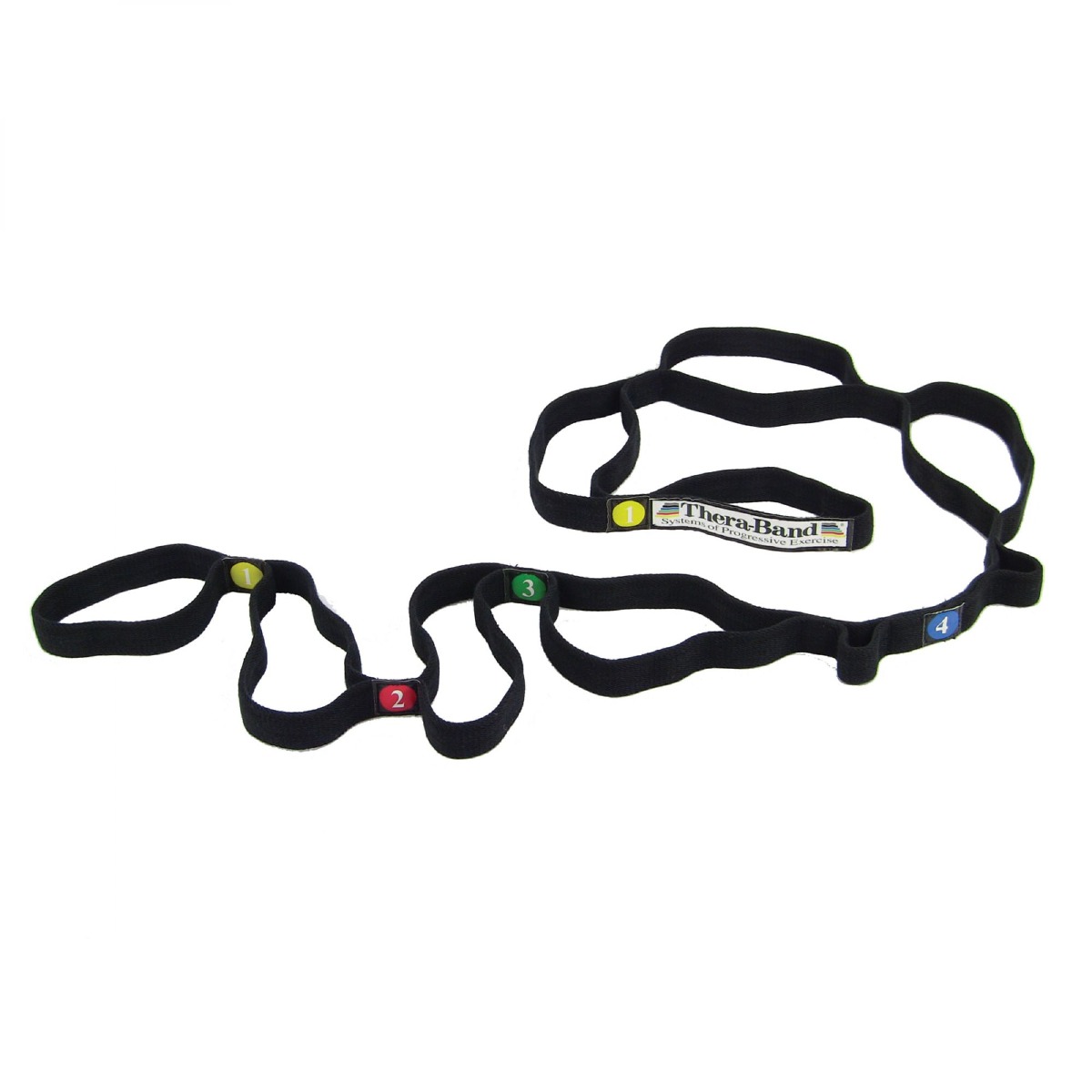
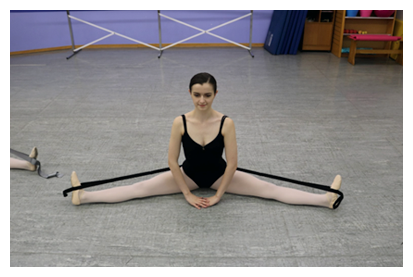
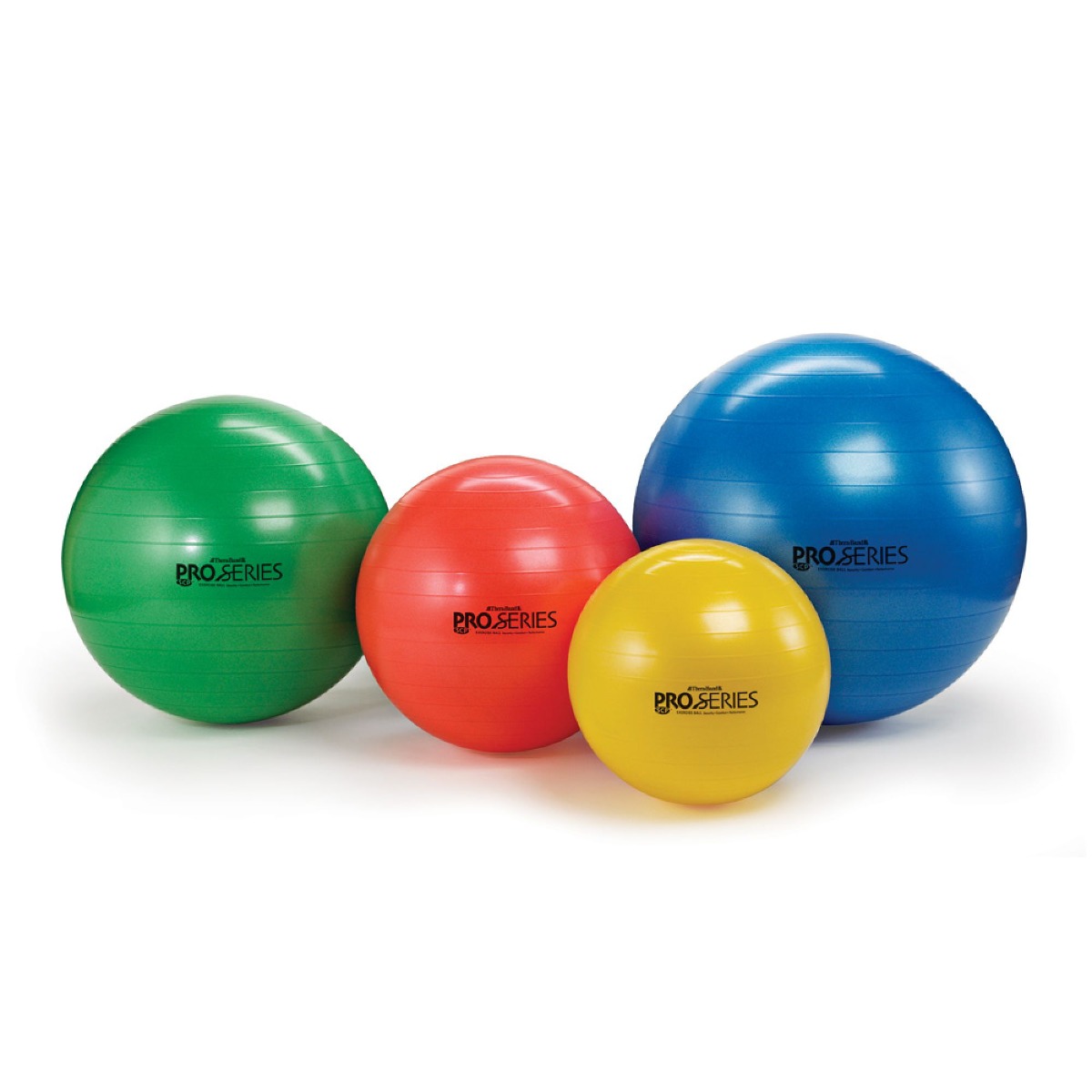
Stretching can help reduce muscle tension and relieve pain. It can also help you improve your flexibility and range of motion. A TheraBand Stretch Strap is a great option for all dancers to keep in their bag for stretching on-the-go. And if you want to stretch out your back, try using a TheraBand Exercise Ball.
|
18. Improve Your Technique
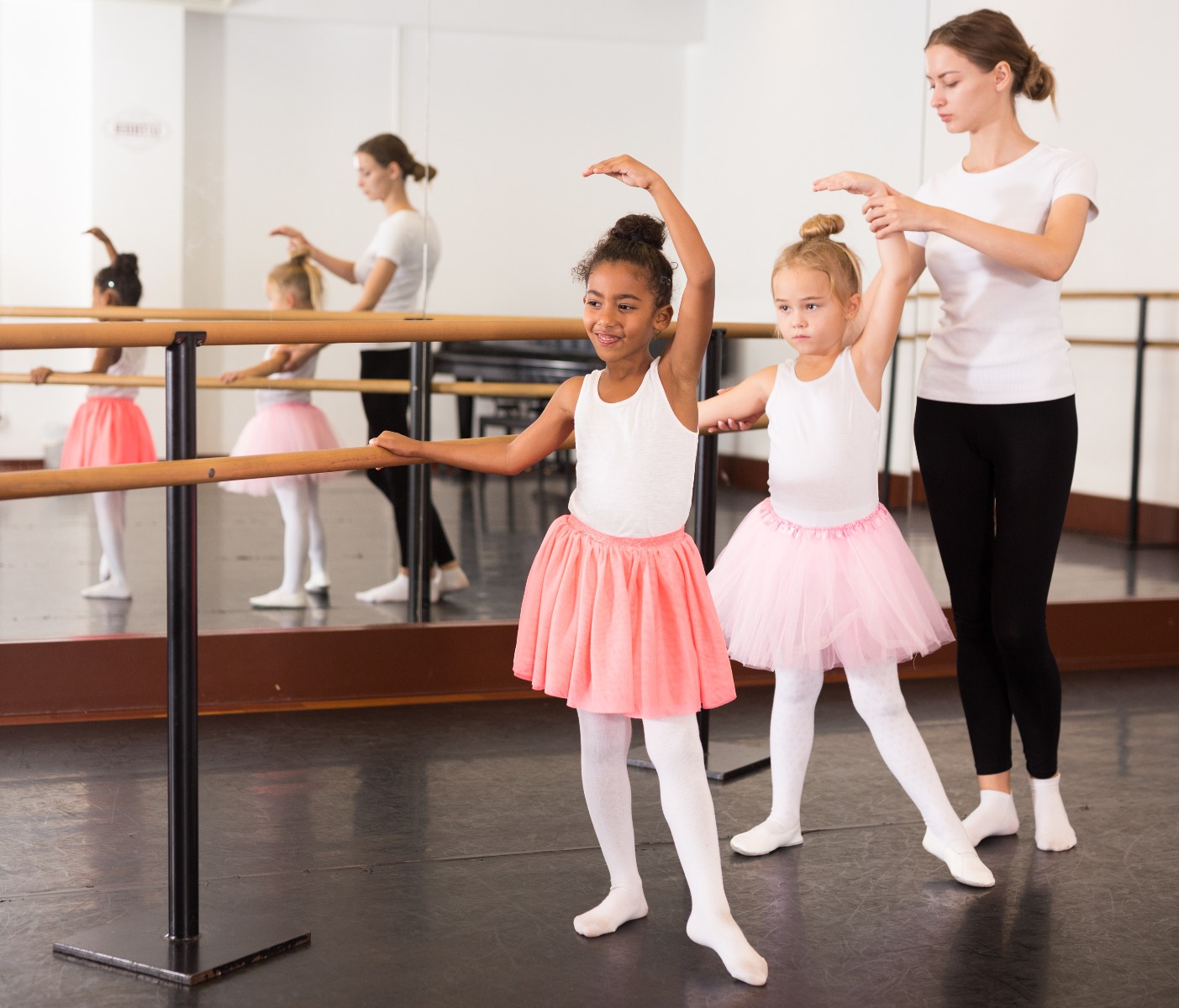
Some dancers’ pains are caused by improper technique. If you feel pain after trying specific movements, ask your dance teacher to observe you and let you know if there are things you can do to improve your technique. It’s especially important to have good technique when en pointe since you’re putting so much weight on your toes!
19. Exercise
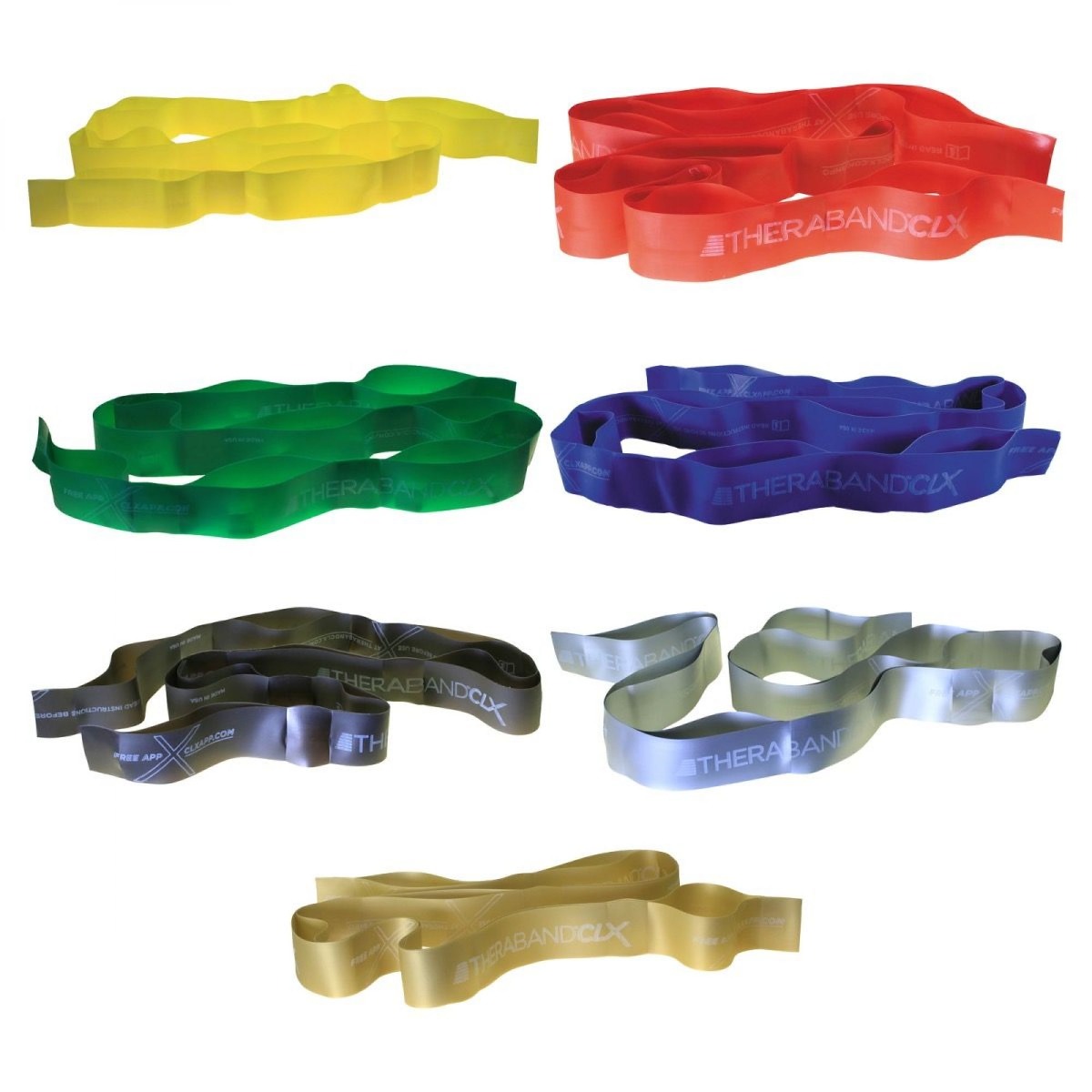
If your muscles aren’t strong enough to support your movements, you may be in pain after dance class. A TheraBand CLX Resistance Band is a great tool to increase your strength. Get started with exercises to improve your turnout or general strengthening exercises.
Additional Pain Relief Options
20. TENS Pain Relief
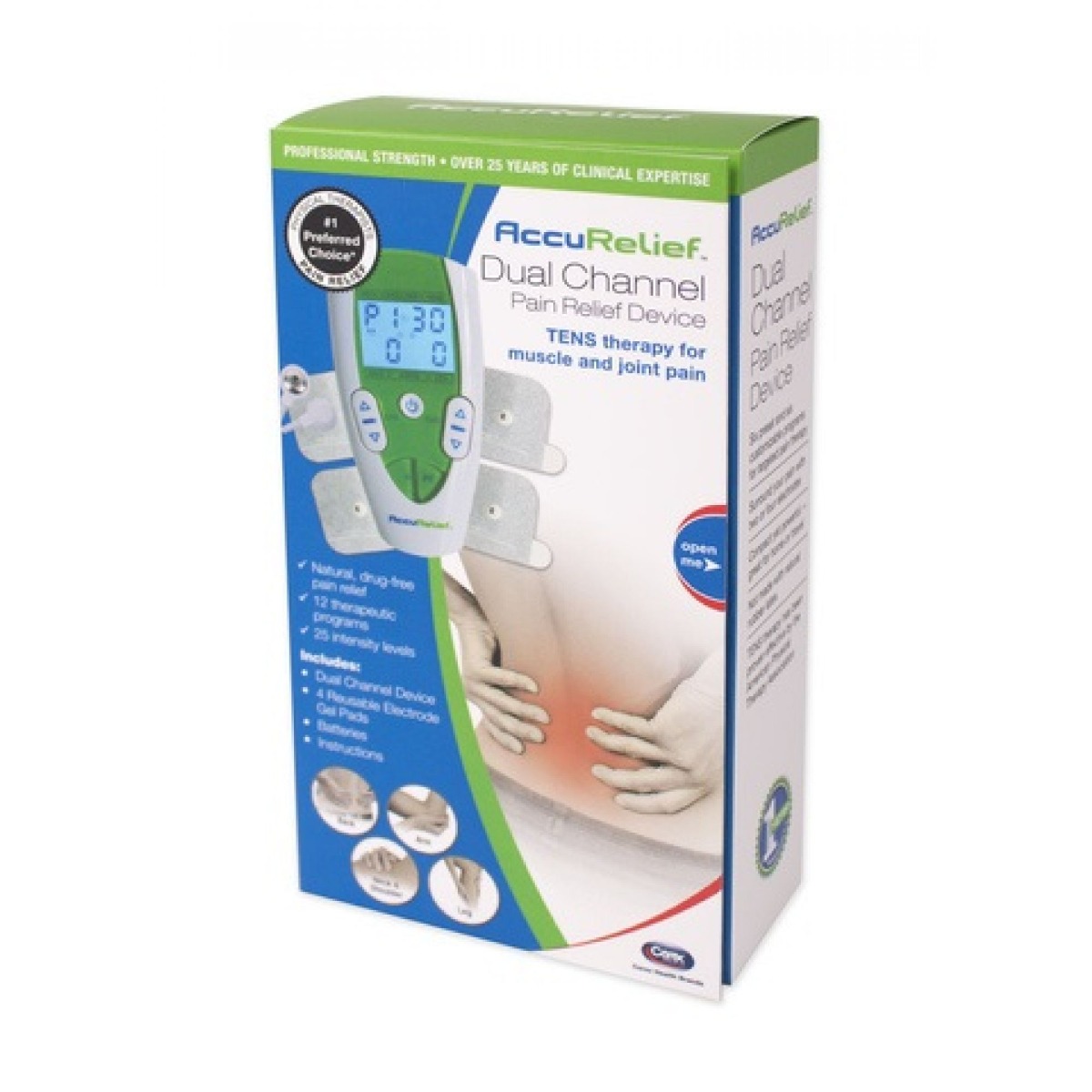
A TENS unit is another option for pain relief. You place electrodes around the areas of pain and electrical stimulation helps relieve your muscle pain. Learn more about using a TENS unit for pain relief!
21. Call in the experts
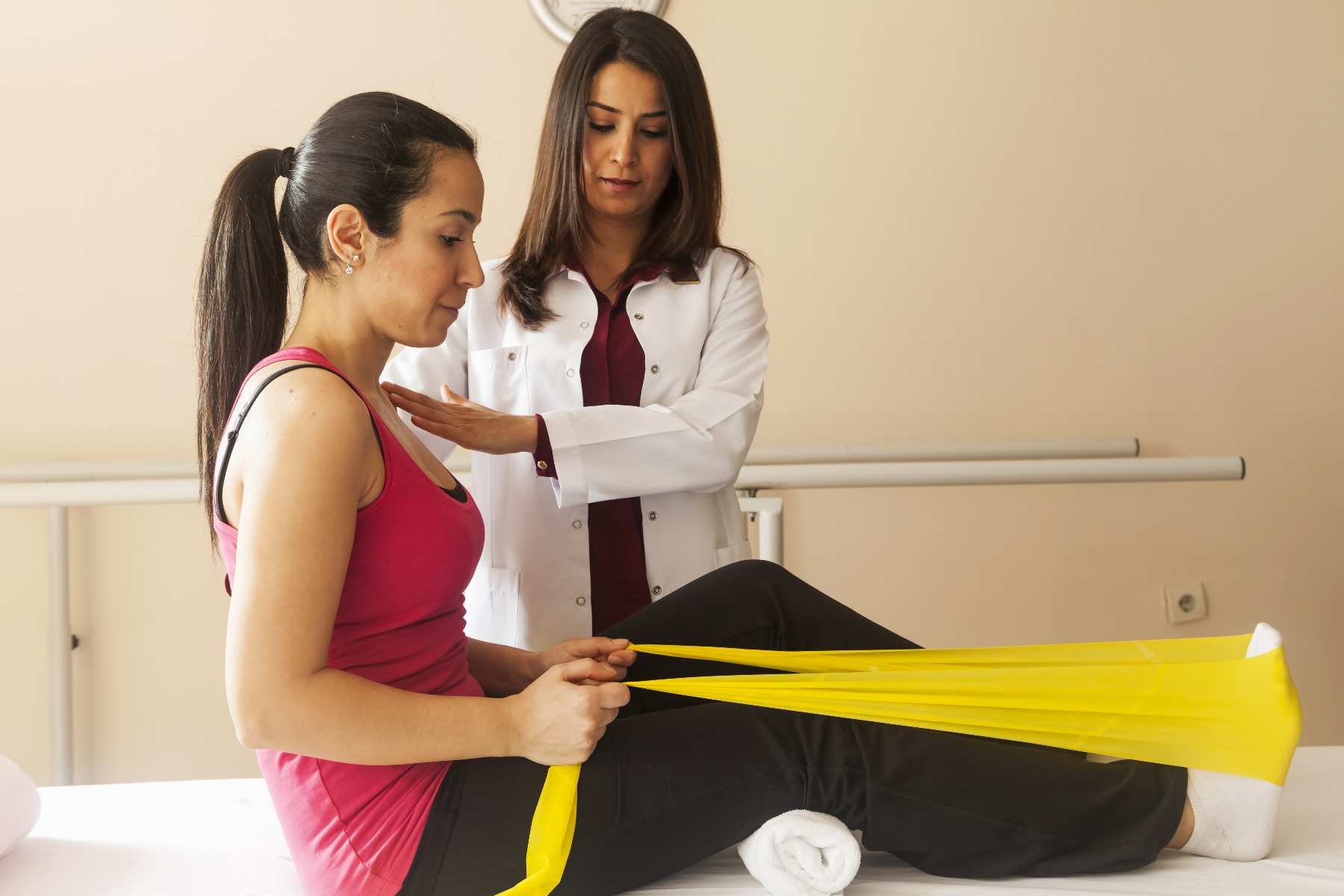
When in doubt, call in the experts. If you’re still in pain after trying a few of these suggestions or if your pain indicates a serious injury, it’s time to see the medical professionals, like an athletic trainer or physical therapist. They can help you find new ways to relieve your pain and prevent a minor injury from turning into something that sidelines you for a whole season. If you’re not sure if you should see a professional, talk to your parents or your dance teacher and let them know about the pain you’re feeling.
Looking for something to read next? Check out Exercises for Ballet Dancers: Improve Your Turnout!
References
- Deu, R., Greene, A., & Lasner, A. (n.d.) Common Dance Injuries and Prevention Tips. John Hopkins Medicine. Retrieved from https://bit.ly/33TgJfp
- Dancers Foot & Ankle Injuries. (n.d.). Midwest Orthopaedics at Rush. Retrieved from https://bit.ly/3iYT0AG
- ActiveKidMD. (n.d.). Dance Discomfort: Deciding to Dial Up a Dance Medicine Specialist. ActiveKidMD Pediatrics + Sports Medicine. Retrieved from https://bit.ly/2HkE1TK
- Solomon, R. & Russell, J.A. (n.d.). Preventing Dance Injuries. Stop Sports Injuries. Retrieved from https://bit.ly/32URIkz
- Dance Related Injuries by the Numbers. (n.d.). Nationwide Children’s. Retrieved from https://bit.ly/2EvEQYY
Medical Disclaimer: The information provided on this site, including text, graphics, images and other material, are for informational purposes only and are not intended to substitute for professional medical advice, diagnosis or treatment. Always seek the advice of your physician or other healthcare professional with any questions or concerns you may have regarding your condition.

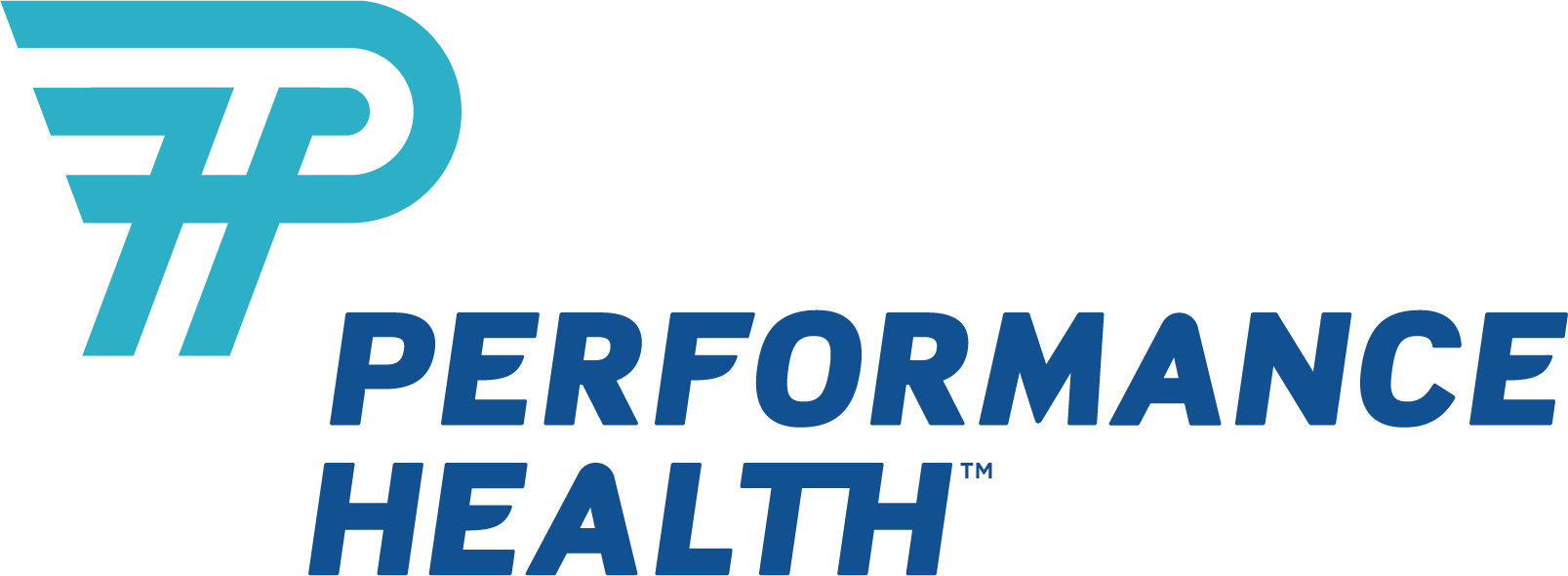






 France
France Australia
Australia